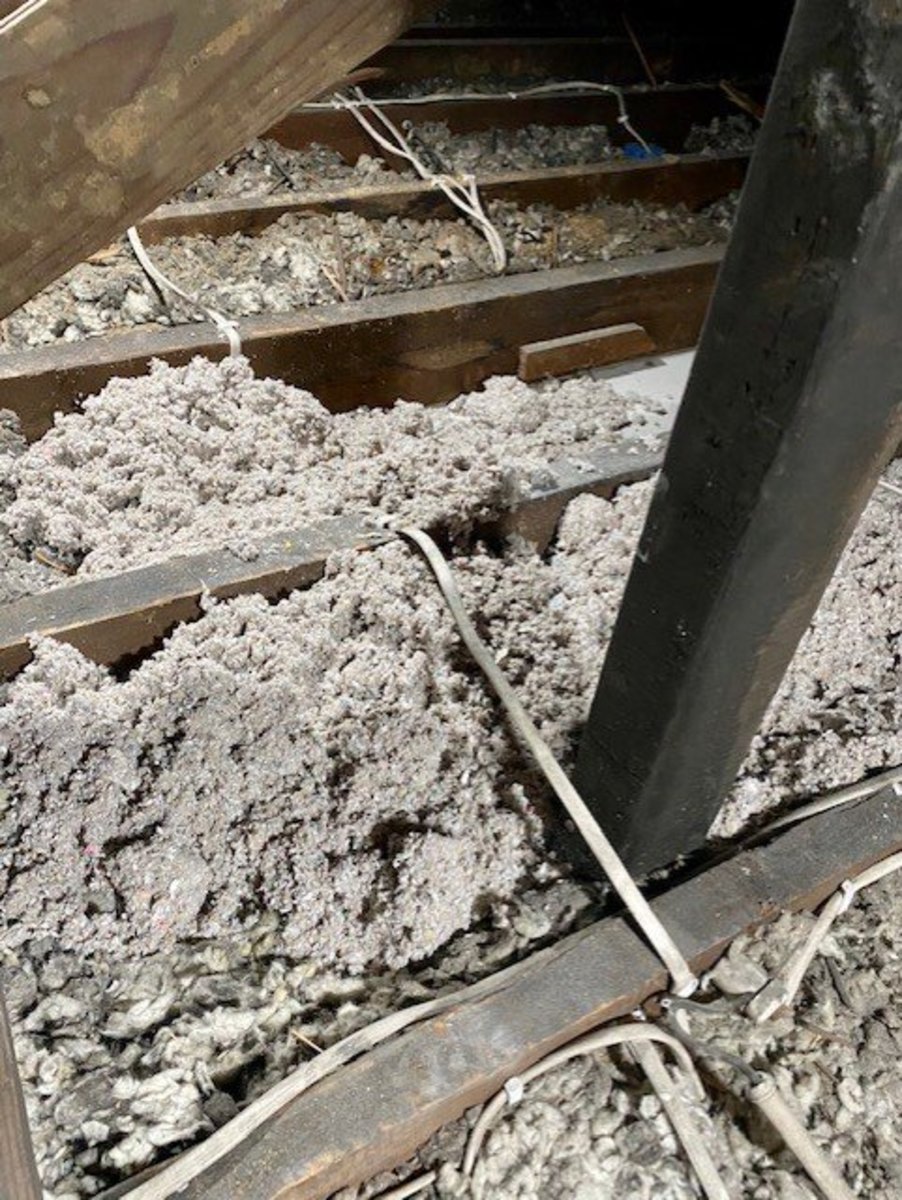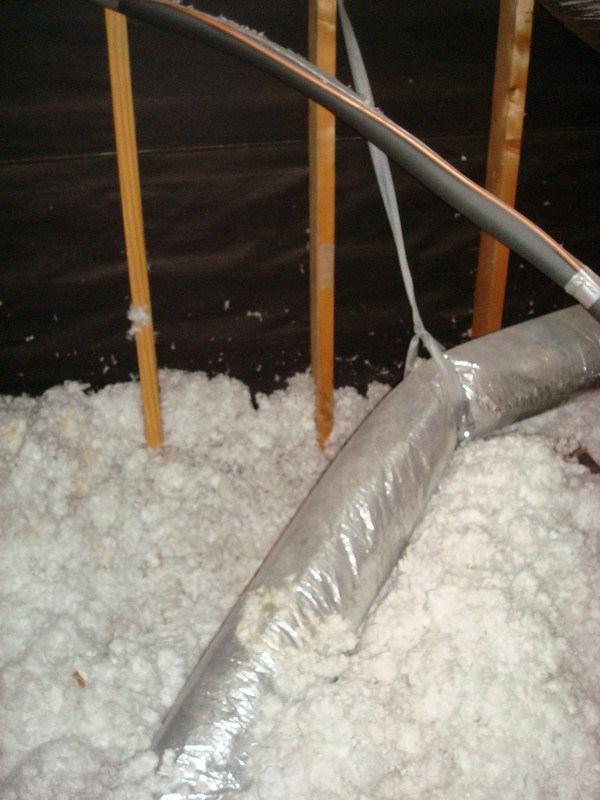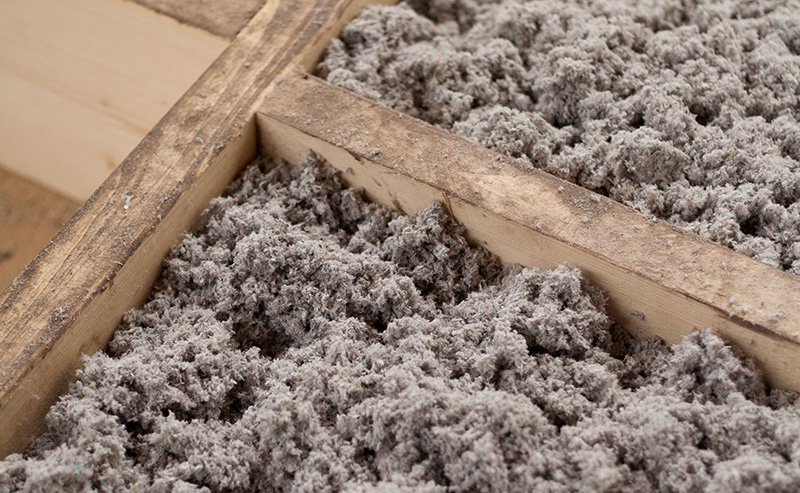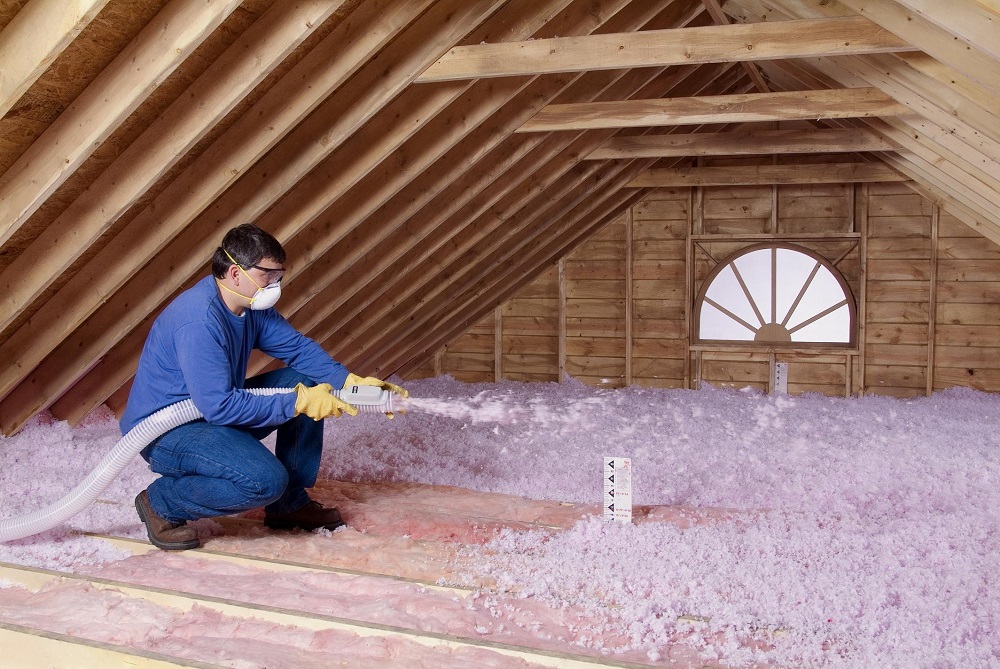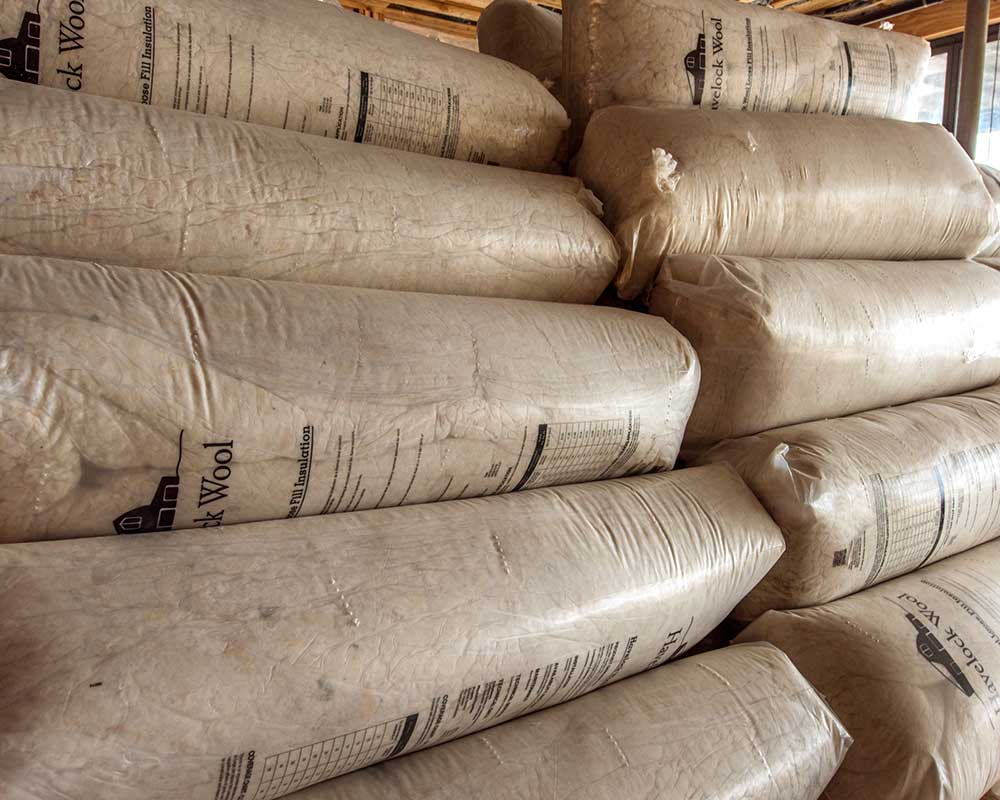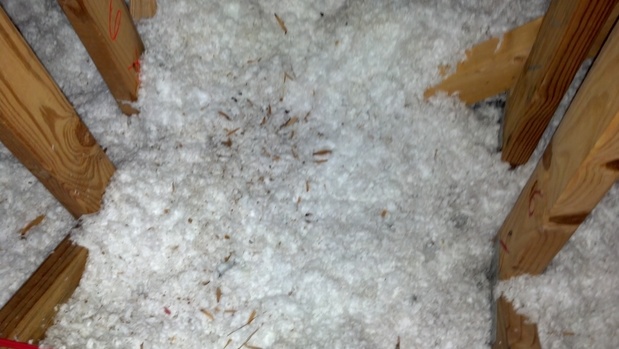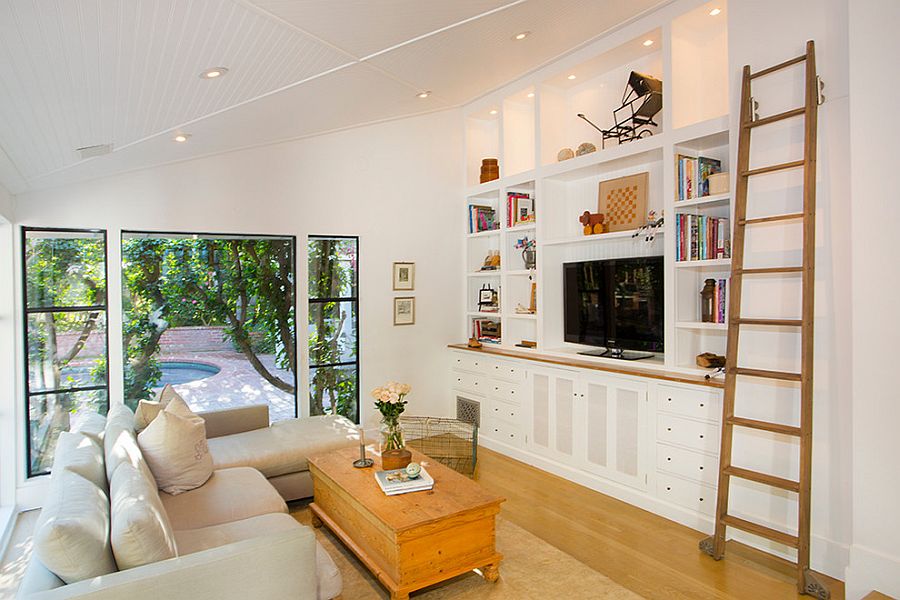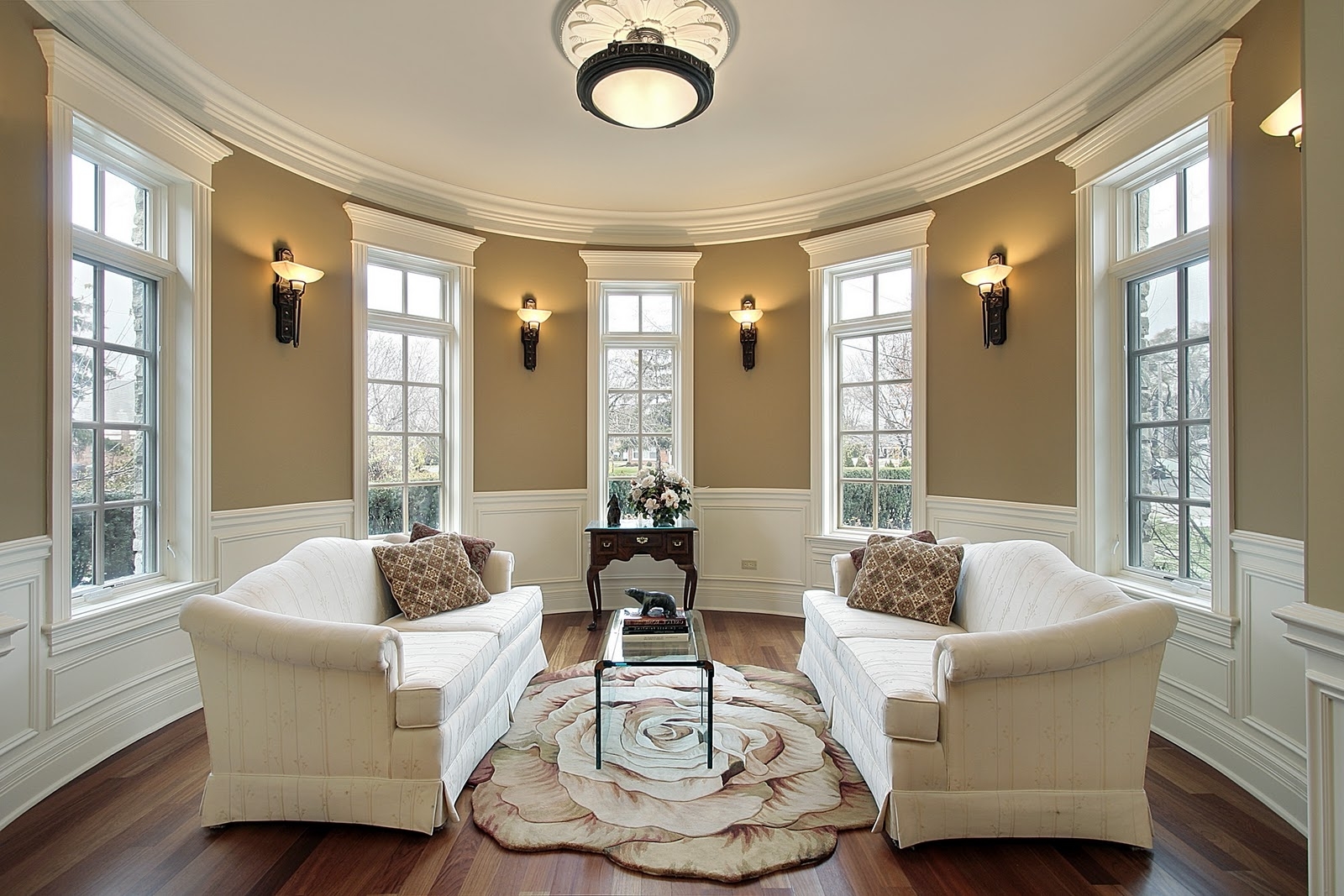Fiberglass insulation is one of the most common types of insulation used for living room walls. It is made of tiny glass fibers that are woven together to create a fluffy material. This type of insulation is affordable and easy to install, making it a popular choice for homeowners. Benefits: Fiberglass insulation is a great choice for living room walls because it is effective at reducing noise and heat transfer. It is also resistant to moisture, mold, and pests. Drawbacks: While fiberglass insulation is affordable, it can be irritating to the skin and lungs if not installed properly. It may also settle over time, reducing its effectiveness.Fiberglass Insulation
Spray foam insulation is a type of insulation that is applied as a liquid and then expands to fill gaps and crevices. It is typically made of polyurethane and is a good choice for living room walls because it provides excellent insulation and air sealing. Benefits: Spray foam insulation provides a high level of insulation and helps to reduce noise transfer. It also acts as an air barrier, preventing drafts and improving energy efficiency. Drawbacks: Spray foam insulation is more expensive than other types of insulation and requires professional installation. It can also be difficult to remove if needed in the future.Spray Foam Insulation
Cellulose insulation is made from recycled materials, such as newspaper and cardboard, and is treated with fire-retardant chemicals. It is a great option for living room walls because it is eco-friendly and provides excellent insulation. Benefits: Cellulose insulation is a good choice for those looking for an environmentally friendly option. It is also effective at reducing noise and is resistant to pests and mold. Drawbacks: While cellulose insulation is a good choice for living room walls, it can settle over time and may require reapplication. It can also be a bit messy to install.Cellulose Insulation
Rigid foam insulation, also known as foam board, is a type of insulation that is made of polystyrene, polyurethane, or polyisocyanurate. It is a good choice for living room walls because it provides excellent insulation and can be easily cut to fit around obstacles. Benefits: Rigid foam insulation is a good choice for those looking for a high level of insulation. It is also moisture resistant and provides good sound insulation. Drawbacks: Rigid foam insulation can be a bit more expensive than other types of insulation and may require professional installation. It can also emit harmful chemicals if not properly installed.Rigid Foam Insulation
Mineral wool insulation is made from rock or slag fibers and is a good choice for living room walls because it is fire-resistant and provides excellent insulation. Benefits: Mineral wool insulation is a good choice for those looking for a fire-resistant option. It is also resistant to moisture and pests and provides good sound insulation. Drawbacks: Mineral wool insulation can be more expensive than other types of insulation and may require professional installation. It can also be a bit itchy to install.Mineral Wool Insulation
Aircrete insulation, also known as aerated concrete, is a lightweight, cement-based insulation. It is a good choice for living room walls because it is durable and provides excellent insulation. Benefits: Aircrete insulation is a good choice for those looking for a strong and durable option. It is also resistant to pests, mold, and fire. Drawbacks: Aircrete insulation can be more expensive than other types of insulation and may require professional installation. It can also be difficult to cut and shape.Aircrete Insulation
Reflective insulation, also known as radiant barrier, is made of a reflective material, such as aluminum foil, and is typically installed in attics. It can also be a good choice for living room walls because it reflects heat instead of absorbing it. Benefits: Reflective insulation is a good choice for those looking to increase energy efficiency. It is also easy to install and provides good sound insulation. Drawbacks: Reflective insulation is not as effective in colder climates and may not provide enough insulation on its own. It also requires proper installation to be effective.Reflective Insulation
Blown-in insulation, also known as loose-fill insulation, is made of small particles of materials such as fiberglass, cellulose, or mineral wool. It can be a good choice for living room walls because it can be easily blown into small spaces. Benefits: Blown-in insulation is a good choice for those looking to insulate hard-to-reach areas. It is also effective at reducing noise and is resistant to mold and pests. Drawbacks: Blown-in insulation may settle over time and may not provide as high of a level of insulation as other types. It also requires professional installation.Blown-In Insulation
Batt insulation, also known as blanket insulation, is made of fiberglass, mineral wool, or cotton and is typically installed between studs in walls. It is a good choice for living room walls because it is easy to install and provides good insulation. Benefits: Batt insulation is affordable and easy to install, making it a popular choice for homeowners. It also provides good sound insulation and is resistant to pests and mold. Drawbacks: Batt insulation may not fit perfectly in irregular spaces and may require additional materials to seal gaps. It can also be irritating to the skin and lungs if not installed properly.Batt Insulation
Additional Benefits of Using the Best Insulation for Living Room Walls
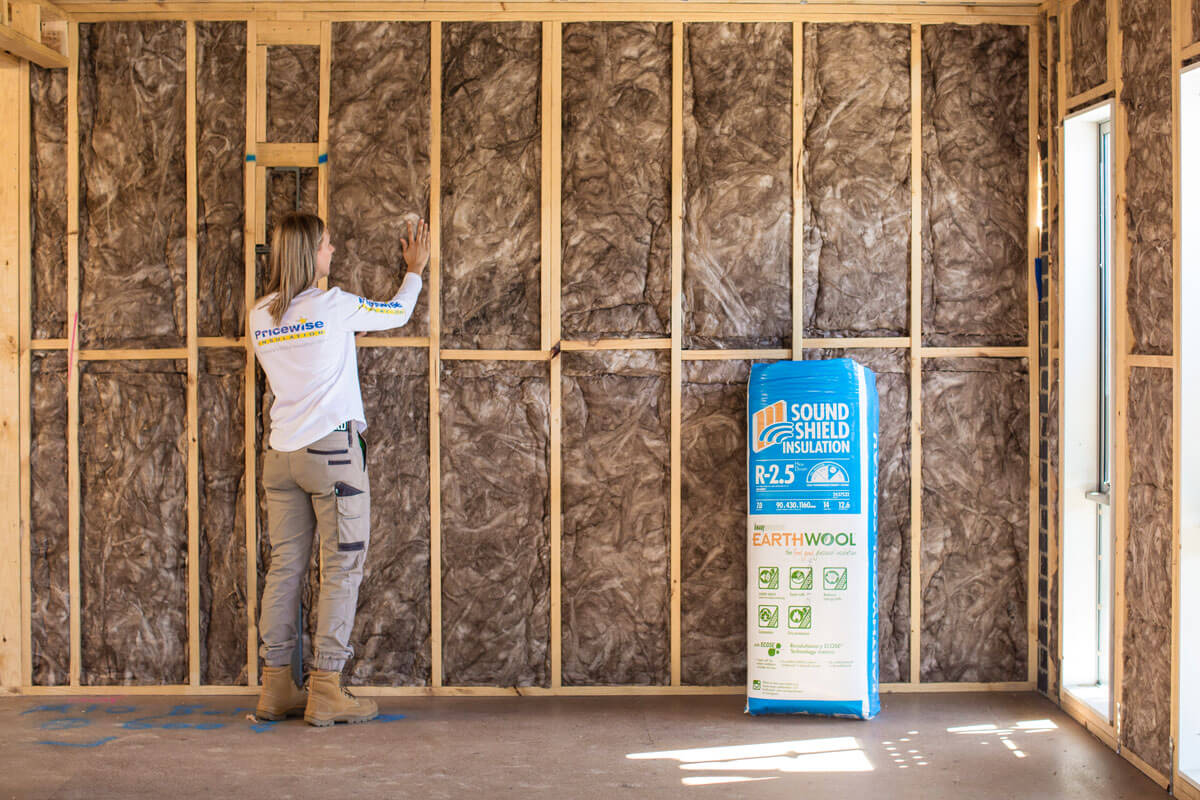
Improved Energy Efficiency
 Aside from providing a comfortable living space, the best insulation for living room walls can also significantly improve the energy efficiency of your home. By preventing heat from escaping during the colder months and keeping cool air inside during the summer, your heating and cooling systems won't have to work as hard to maintain a comfortable temperature. This can lead to lower energy bills and a more environmentally friendly home.
Aside from providing a comfortable living space, the best insulation for living room walls can also significantly improve the energy efficiency of your home. By preventing heat from escaping during the colder months and keeping cool air inside during the summer, your heating and cooling systems won't have to work as hard to maintain a comfortable temperature. This can lead to lower energy bills and a more environmentally friendly home.
Reduced Noise
 In addition to regulating temperature, the right insulation can also help reduce noise levels in your living room. If you live in a busy neighborhood or have noisy neighbors, proper insulation can act as a sound barrier, effectively minimizing outside noise and creating a peaceful environment within your home. This is especially beneficial for those who use their living room as a place to relax and unwind.
In addition to regulating temperature, the right insulation can also help reduce noise levels in your living room. If you live in a busy neighborhood or have noisy neighbors, proper insulation can act as a sound barrier, effectively minimizing outside noise and creating a peaceful environment within your home. This is especially beneficial for those who use their living room as a place to relax and unwind.
Increased Home Value
Environmental Benefits
 Using the best insulation for your living room walls not only benefits you, but it also benefits the environment. By reducing your energy consumption, you are also reducing your carbon footprint and helping to preserve natural resources. Insulation materials such as fiberglass and cellulose are made from recycled materials, making them a sustainable choice for your home.
In conclusion, choosing the best insulation for your living room walls can have numerous benefits for both your home and the environment. From improved energy efficiency and reduced noise to increased home value and environmental sustainability, investing in the right insulation can greatly enhance your living space. Consider consulting a professional for guidance on the best insulation options for your specific needs and enjoy the many advantages it brings.
Using the best insulation for your living room walls not only benefits you, but it also benefits the environment. By reducing your energy consumption, you are also reducing your carbon footprint and helping to preserve natural resources. Insulation materials such as fiberglass and cellulose are made from recycled materials, making them a sustainable choice for your home.
In conclusion, choosing the best insulation for your living room walls can have numerous benefits for both your home and the environment. From improved energy efficiency and reduced noise to increased home value and environmental sustainability, investing in the right insulation can greatly enhance your living space. Consider consulting a professional for guidance on the best insulation options for your specific needs and enjoy the many advantages it brings.




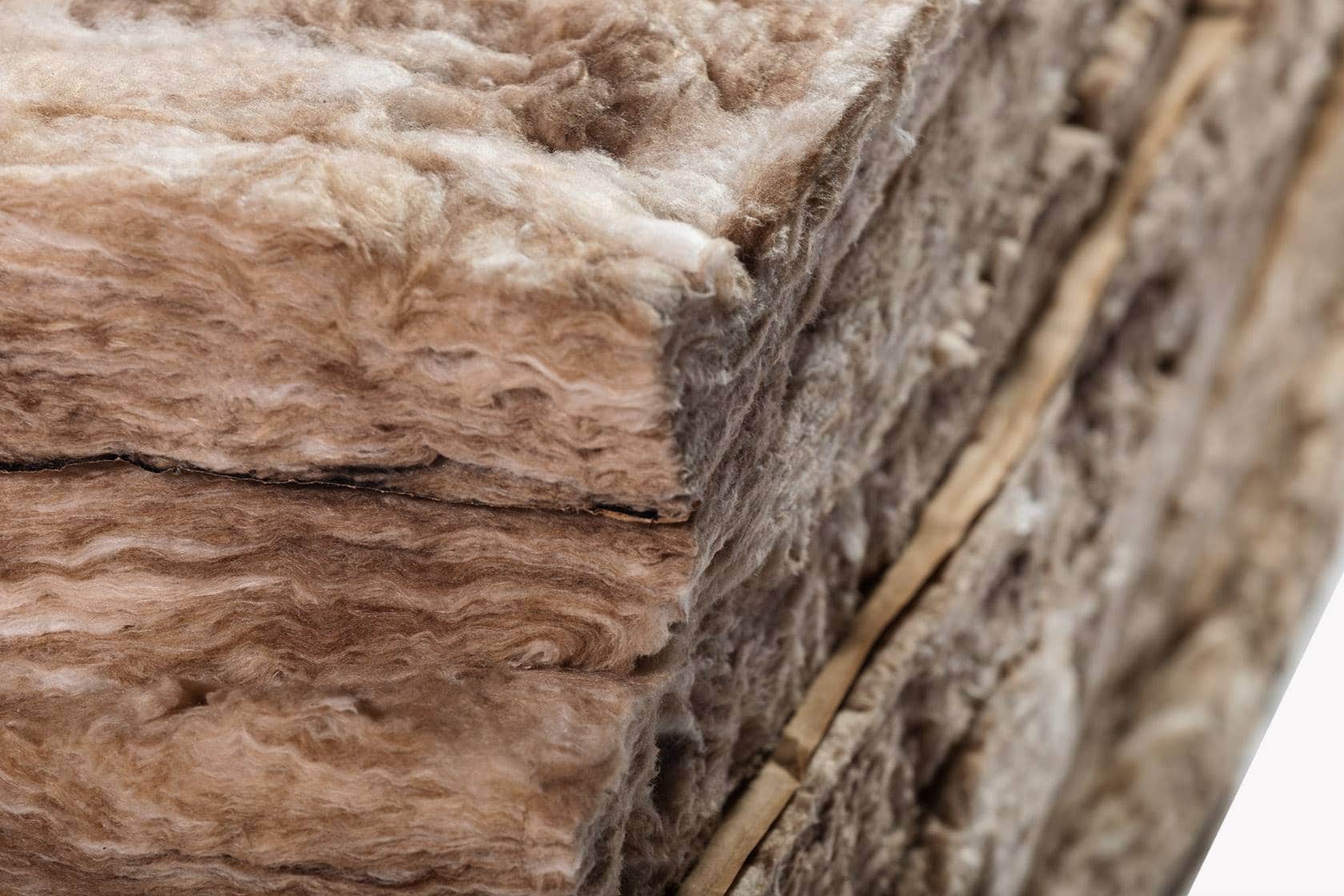
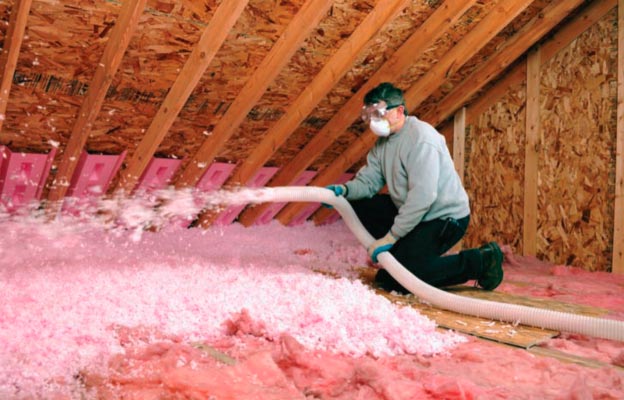

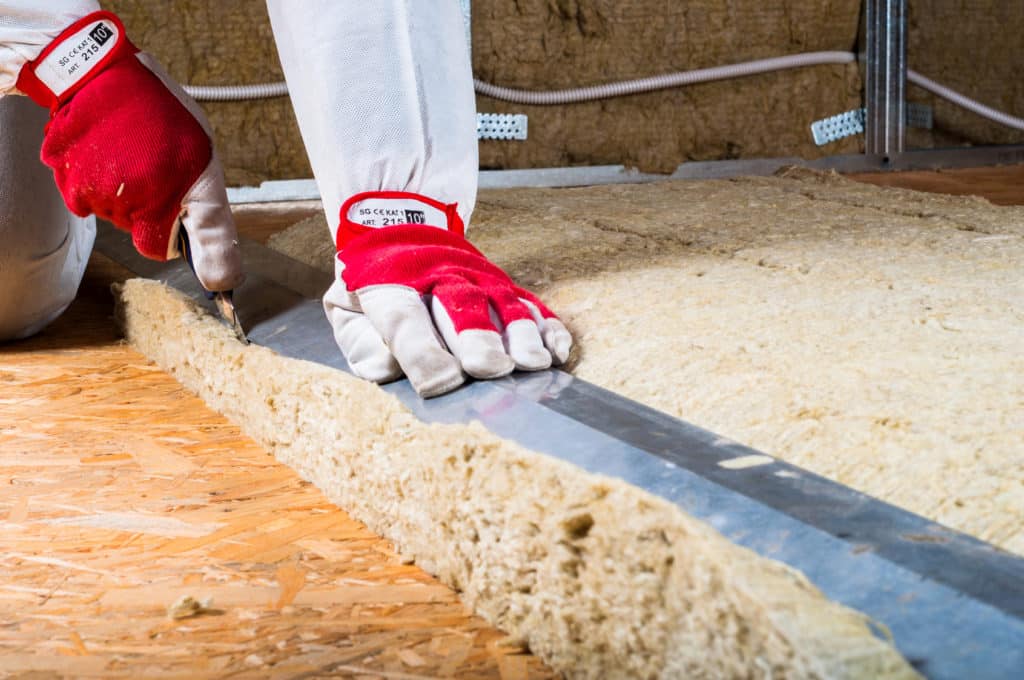



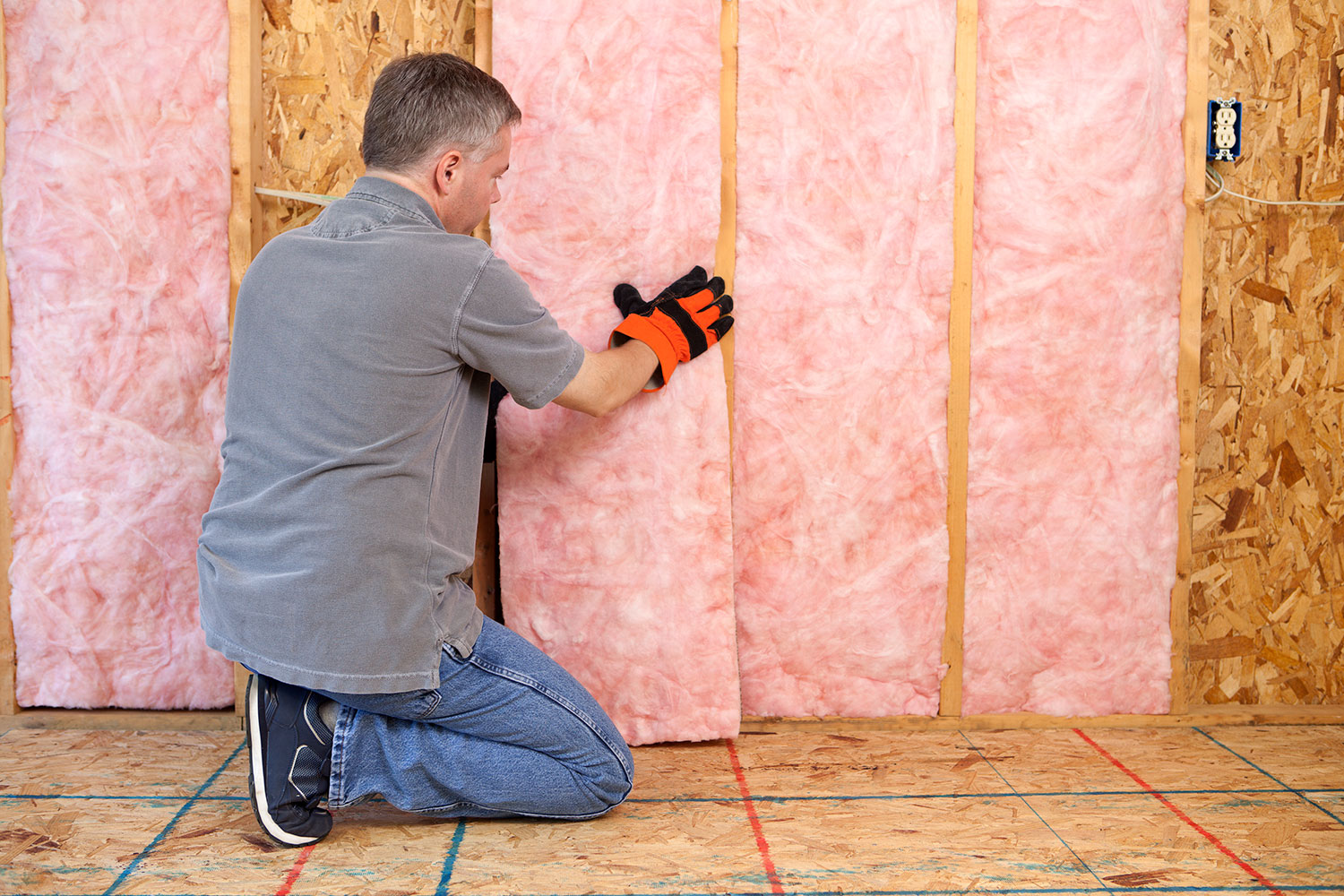
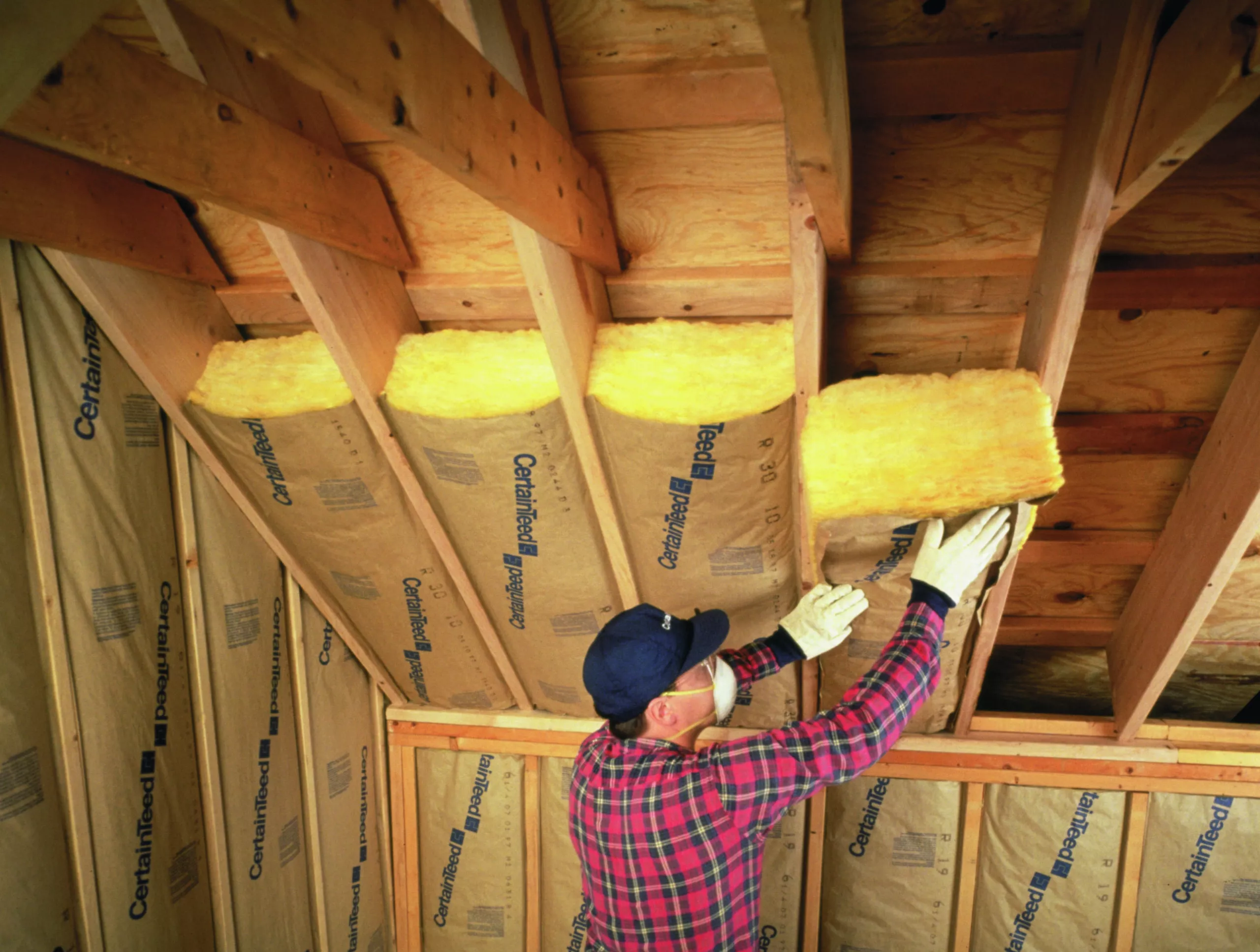
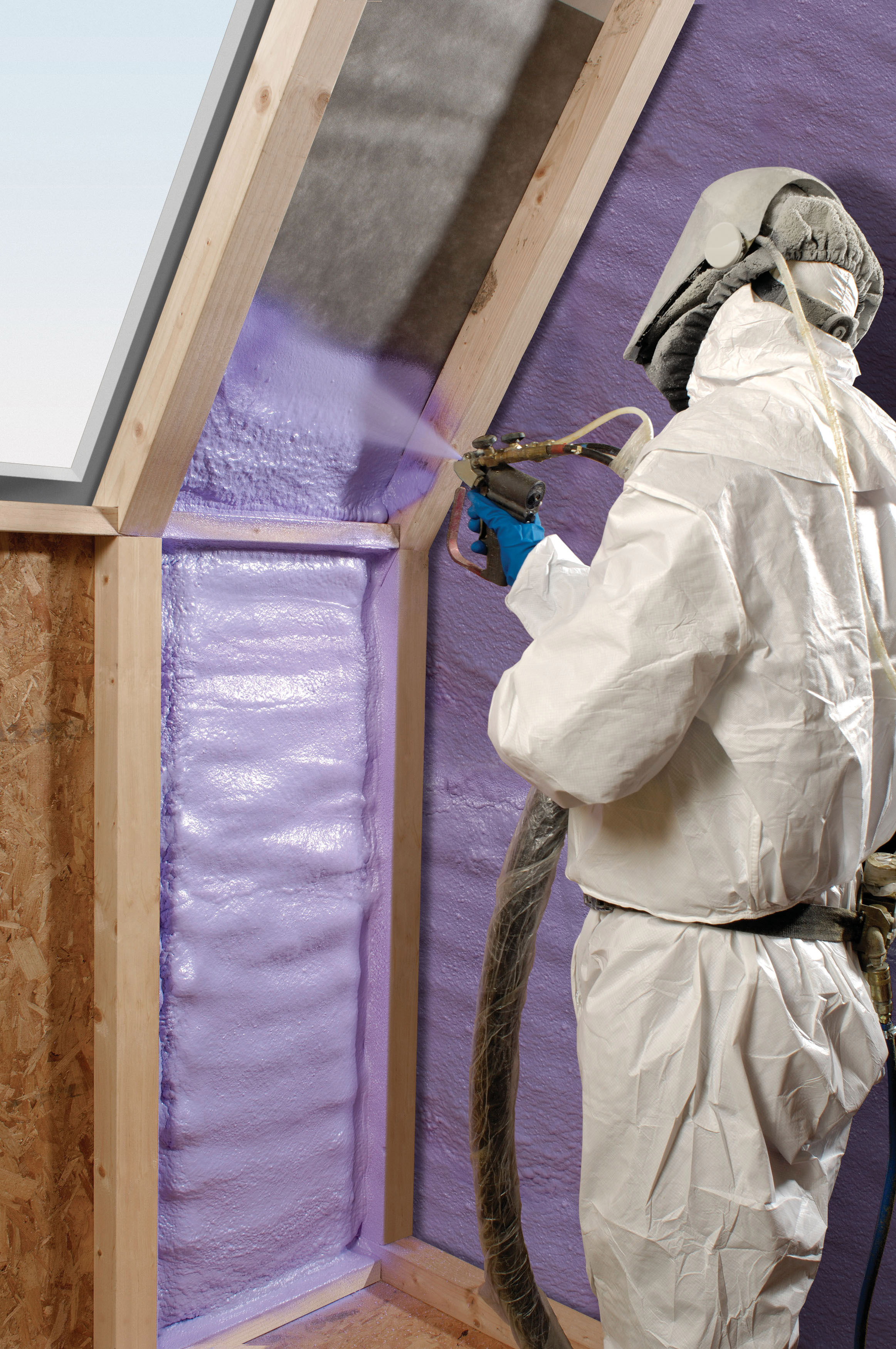

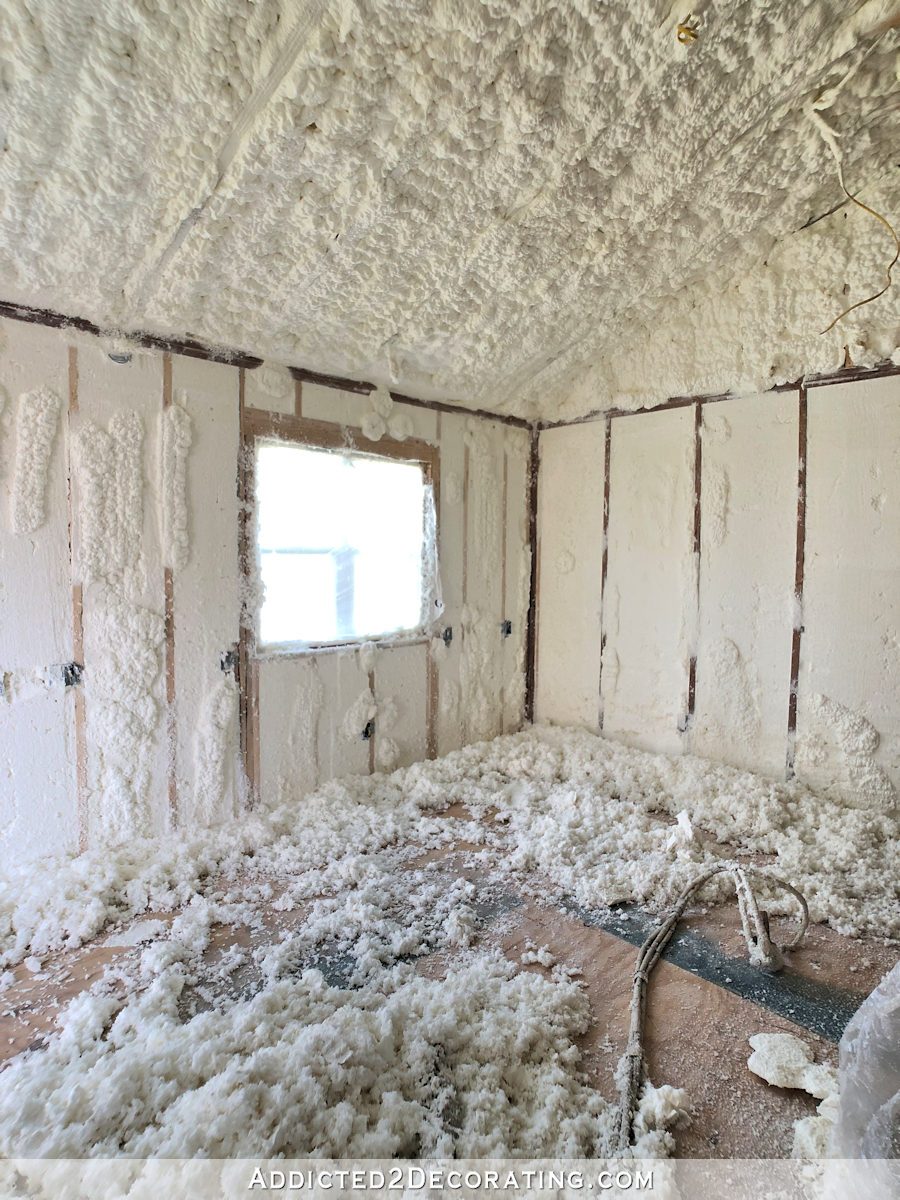
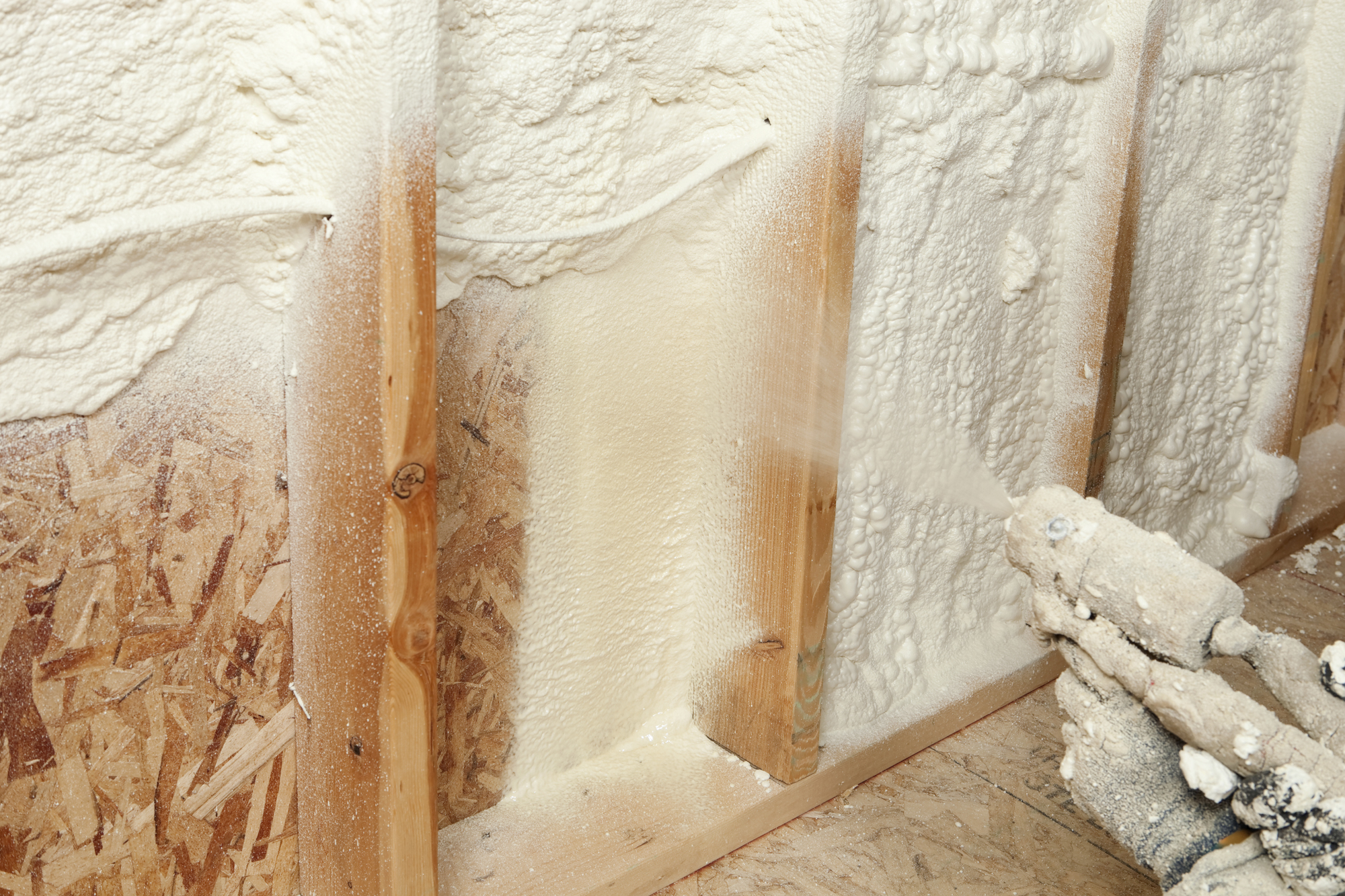

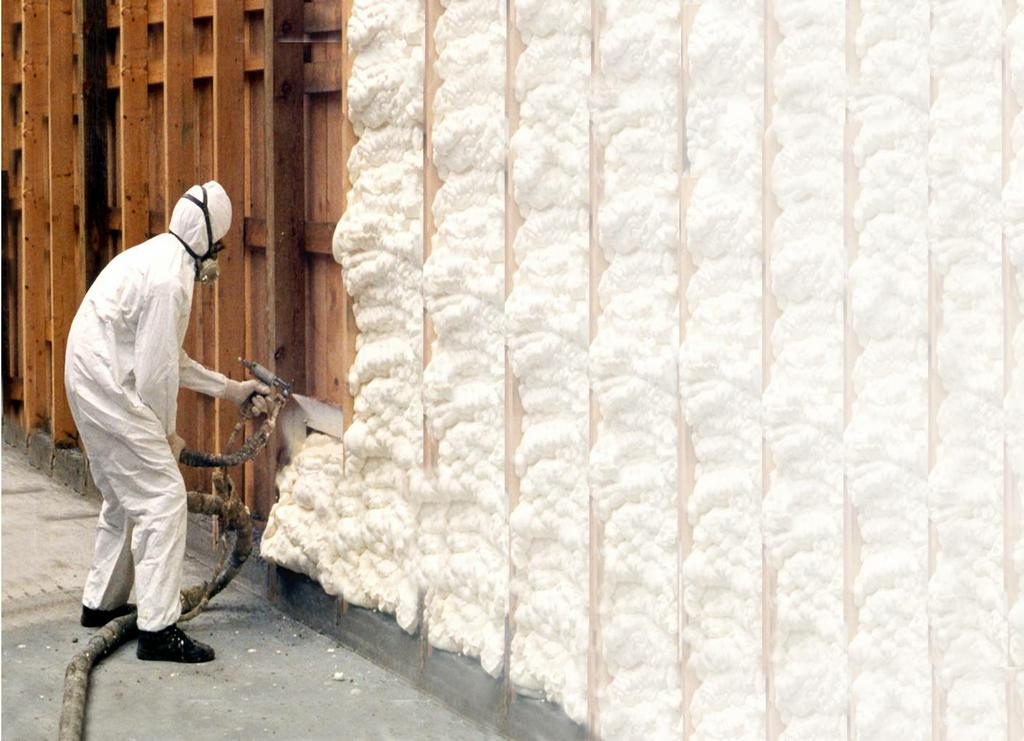


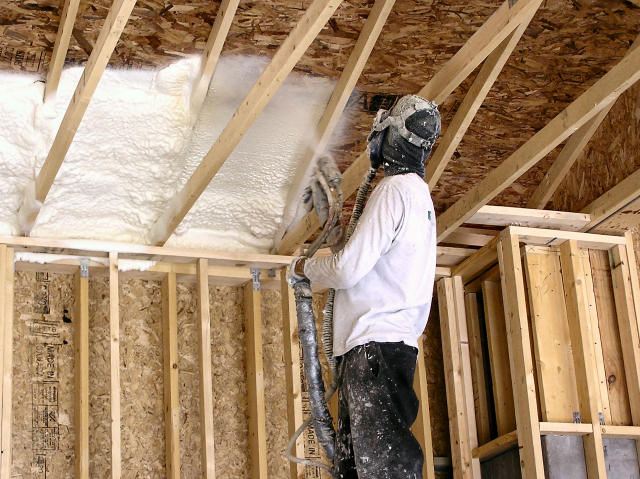


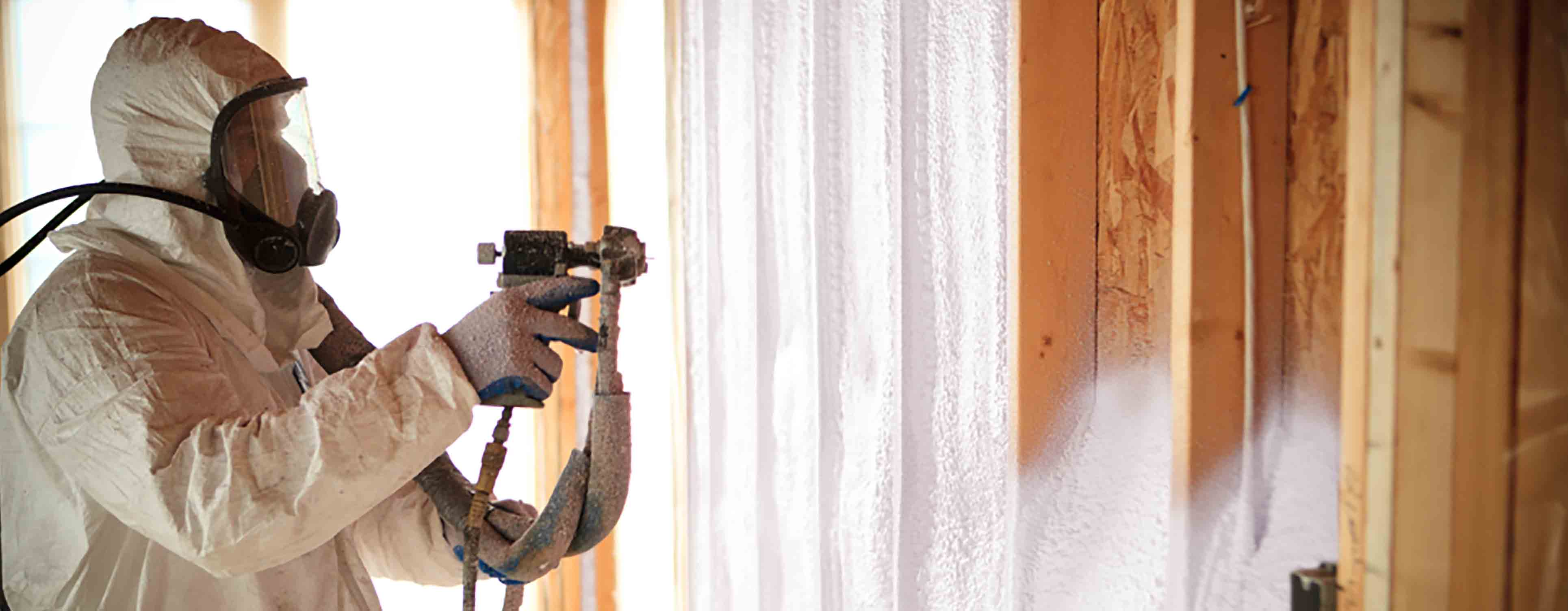
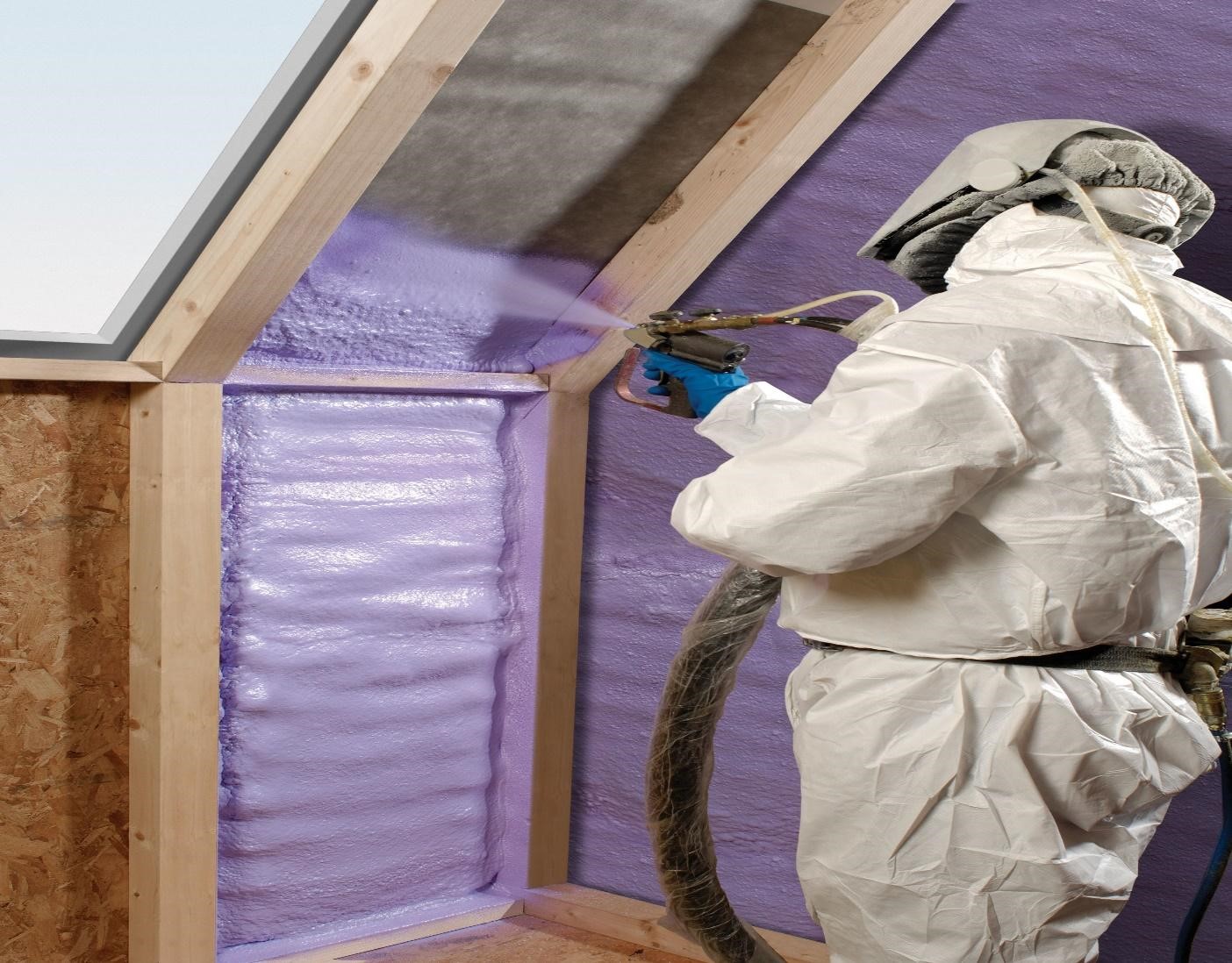
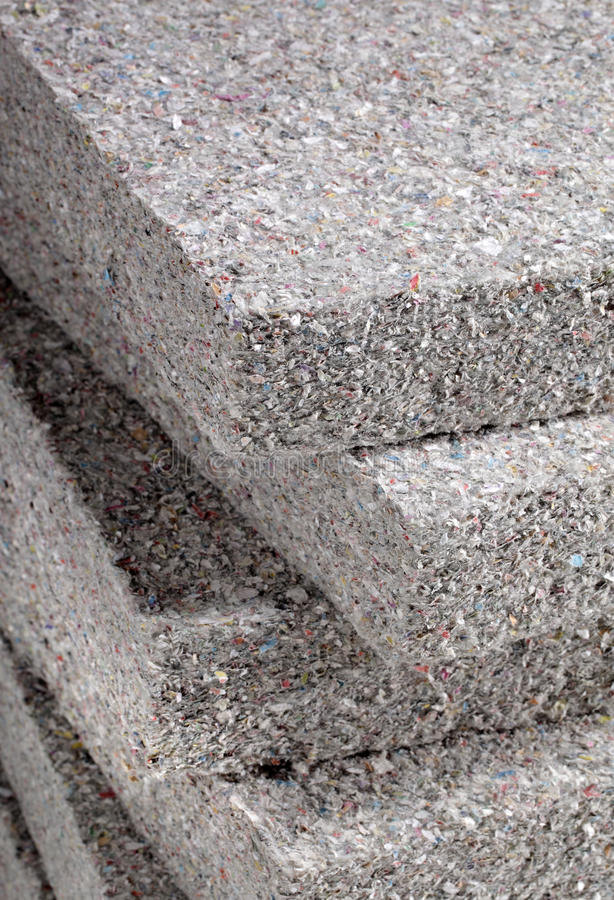

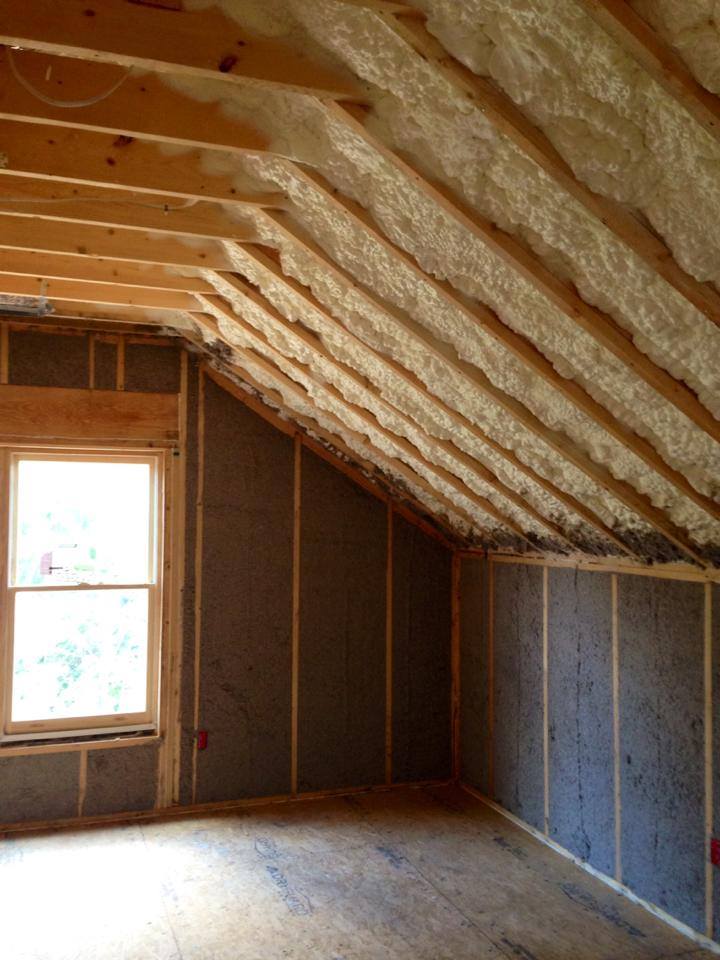
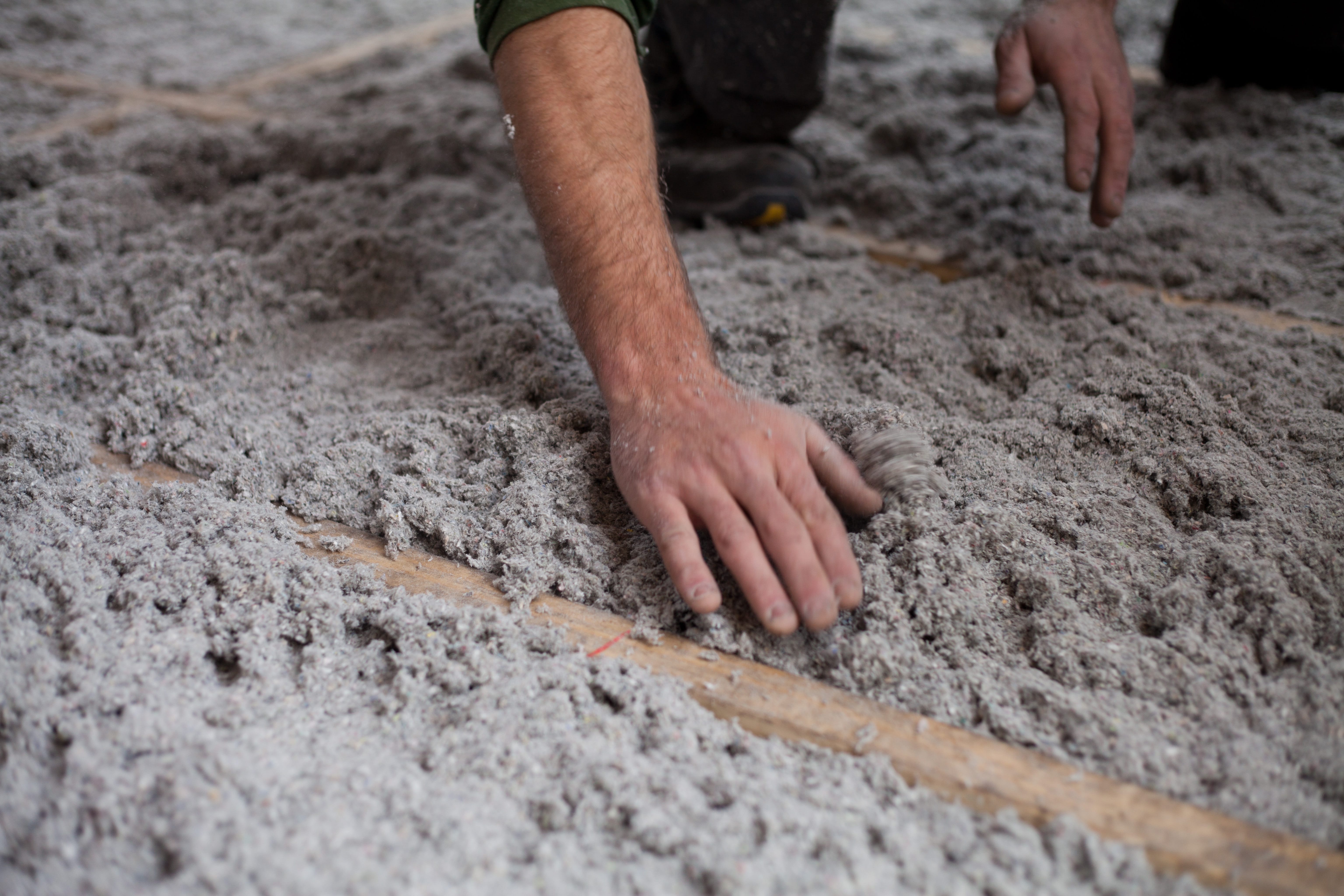

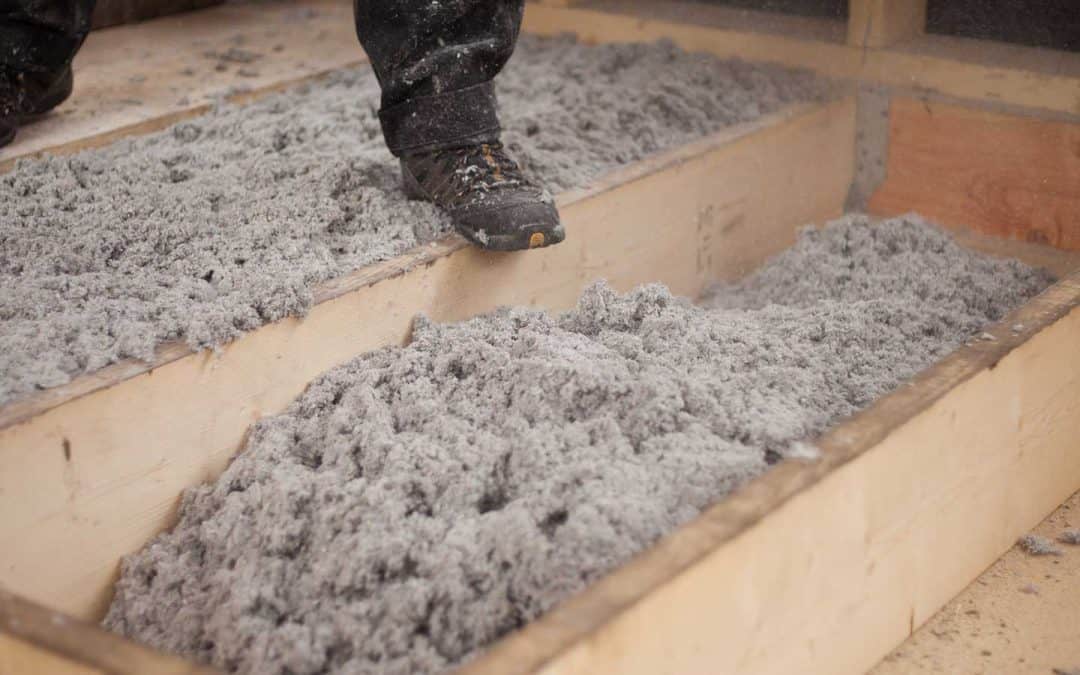
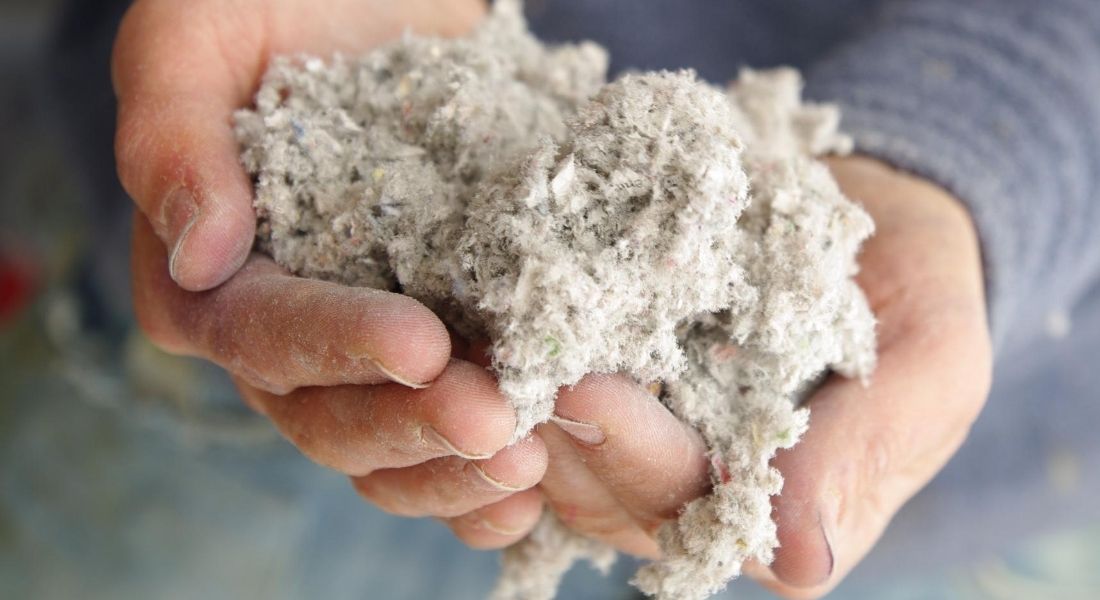
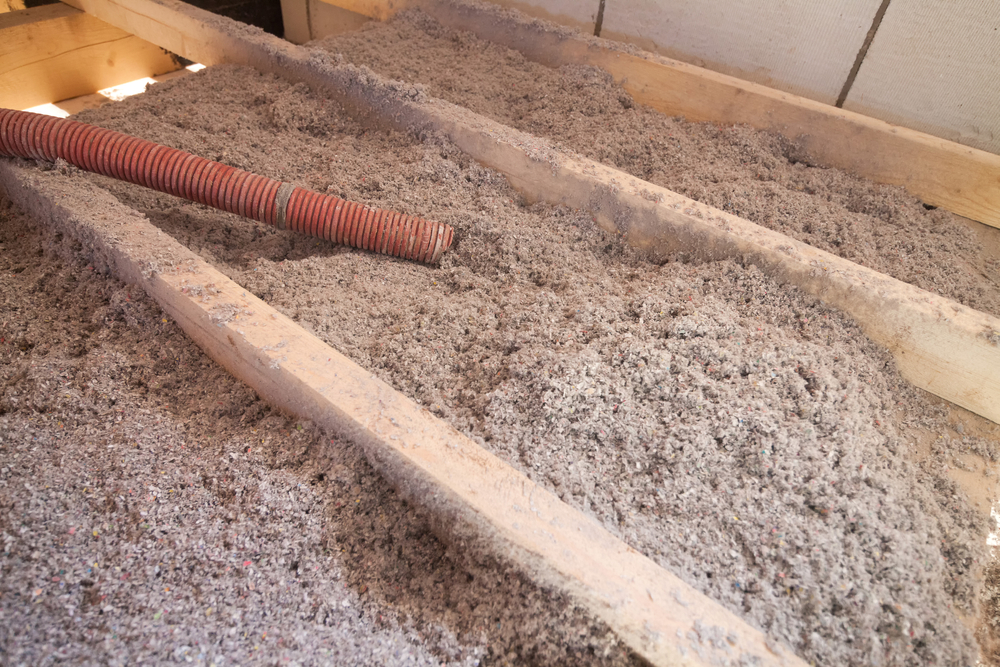




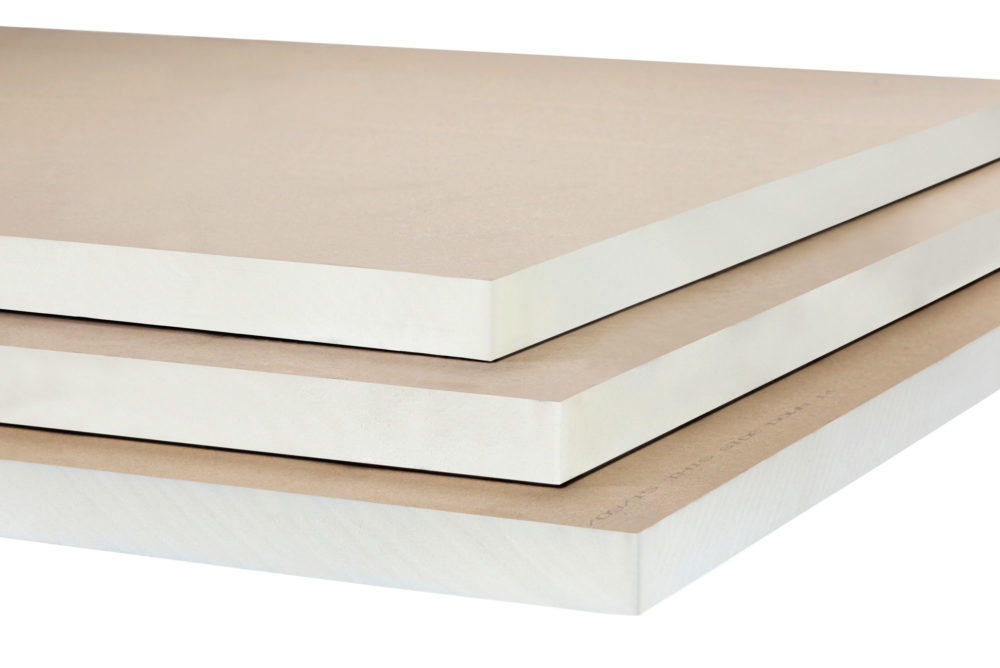

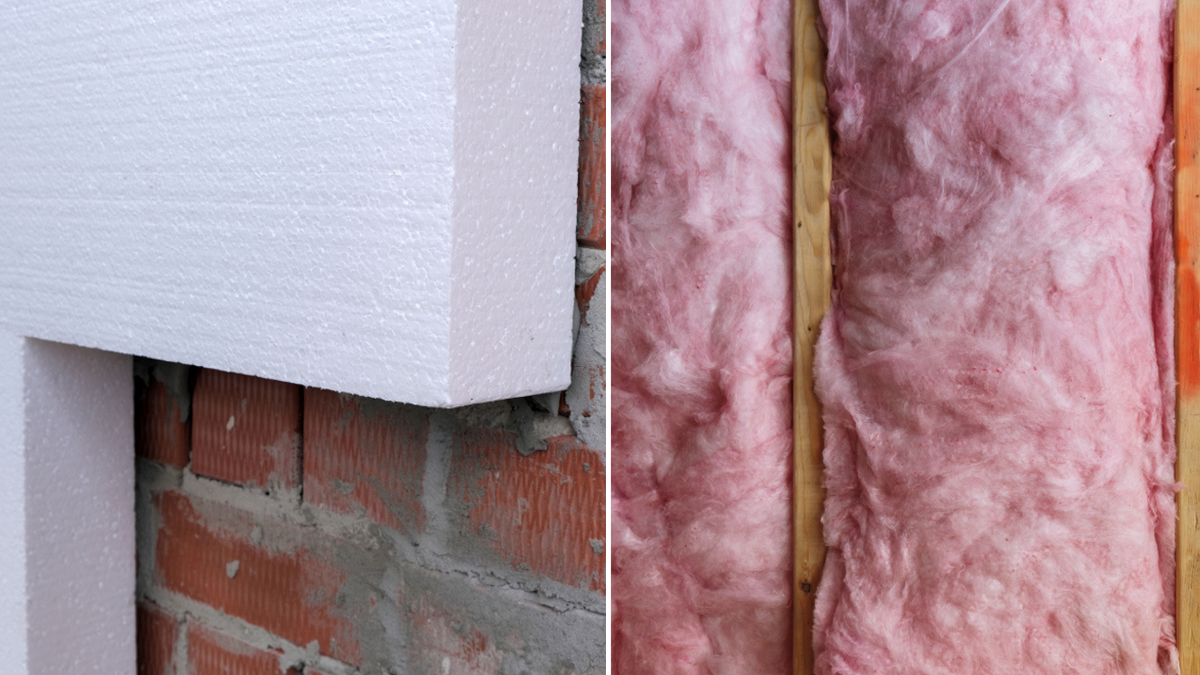

:max_bytes(150000):strip_icc()/fiberglass-vs-rigid-foam-insulation-3860844-hero1-34c5240f225e4d2c99f48ab9ee2318a1.jpg)

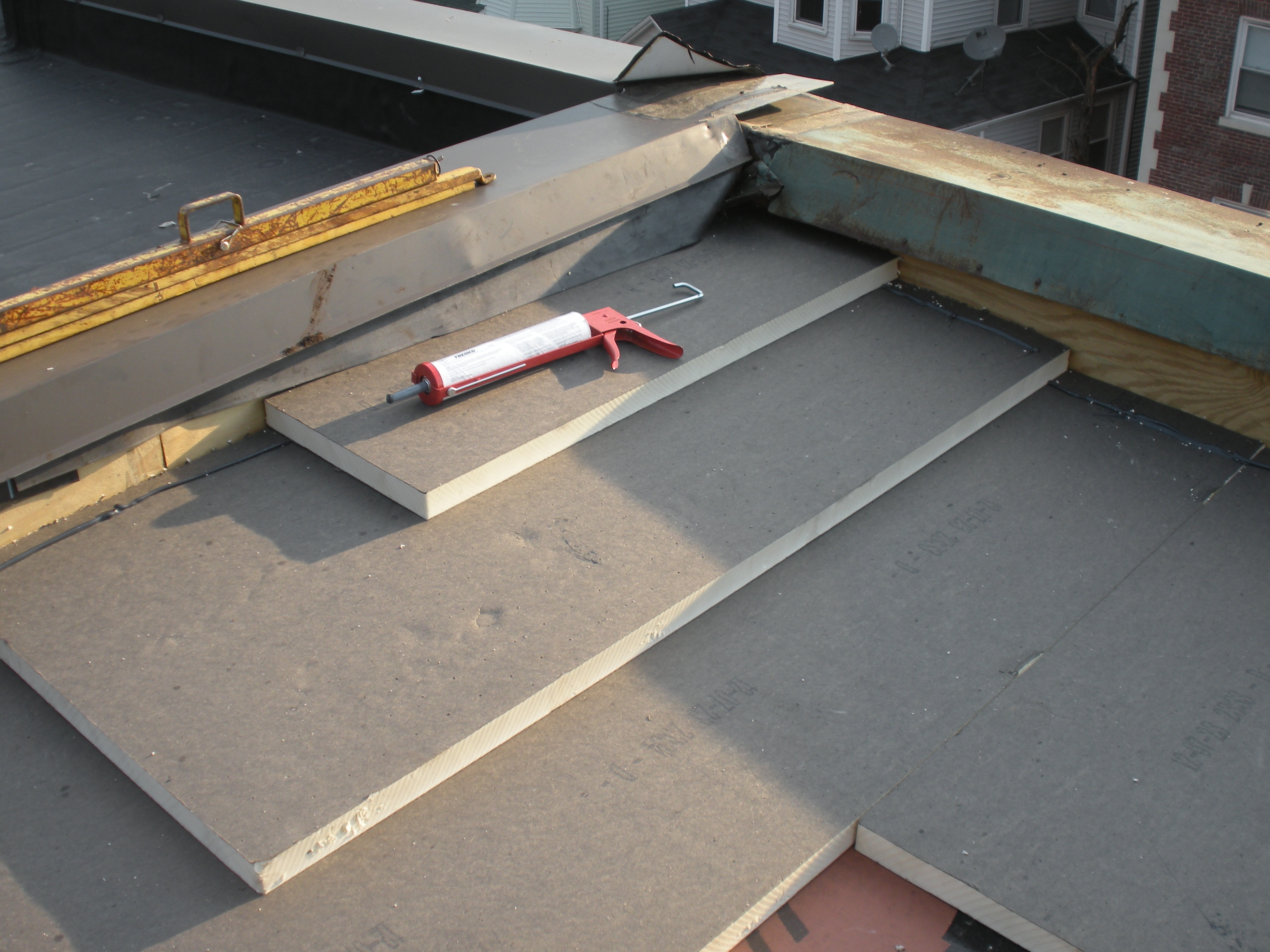



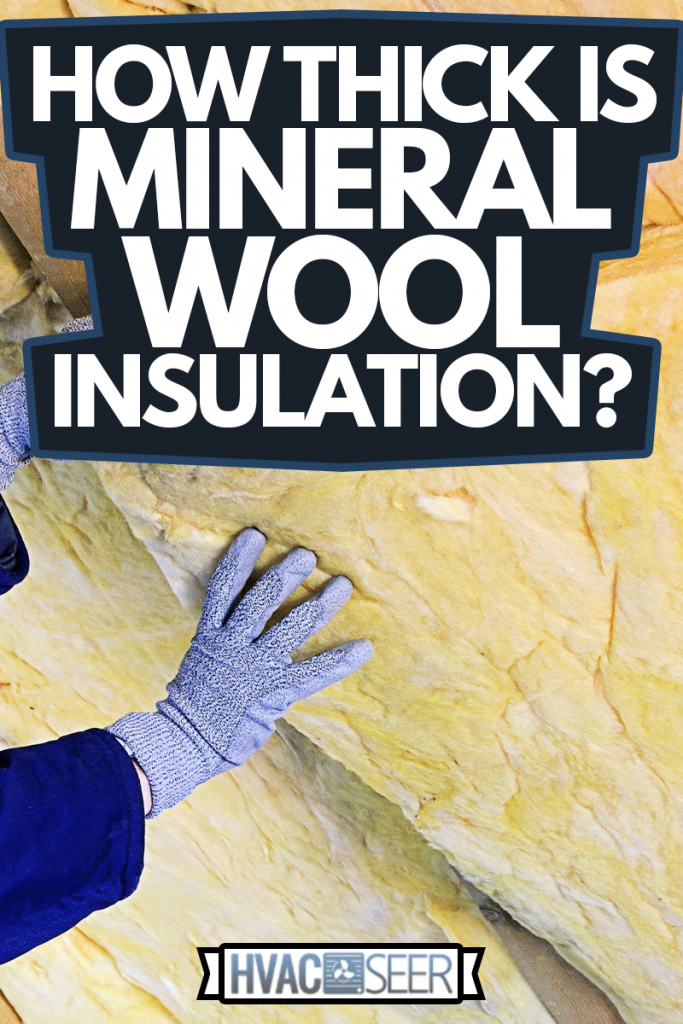
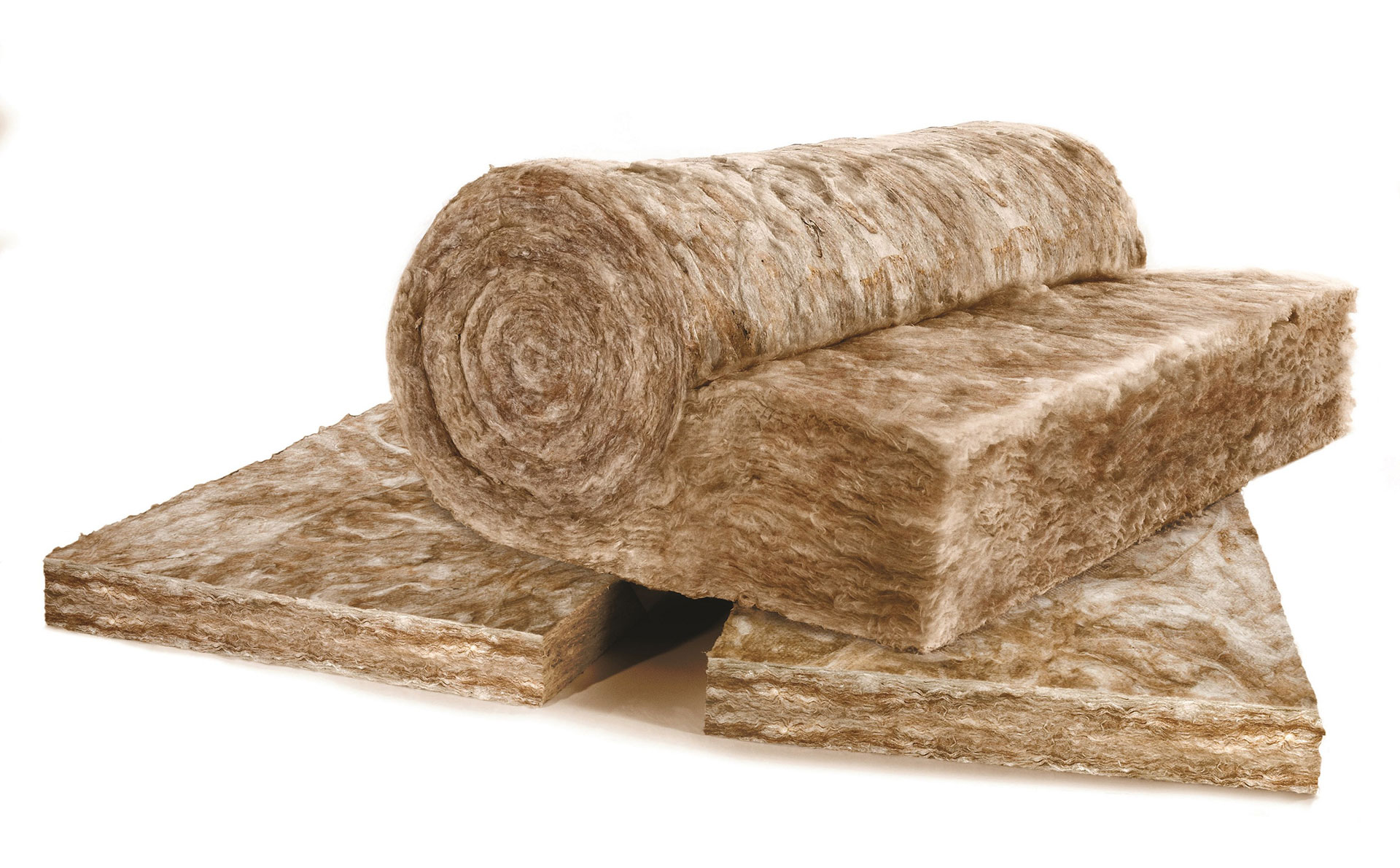
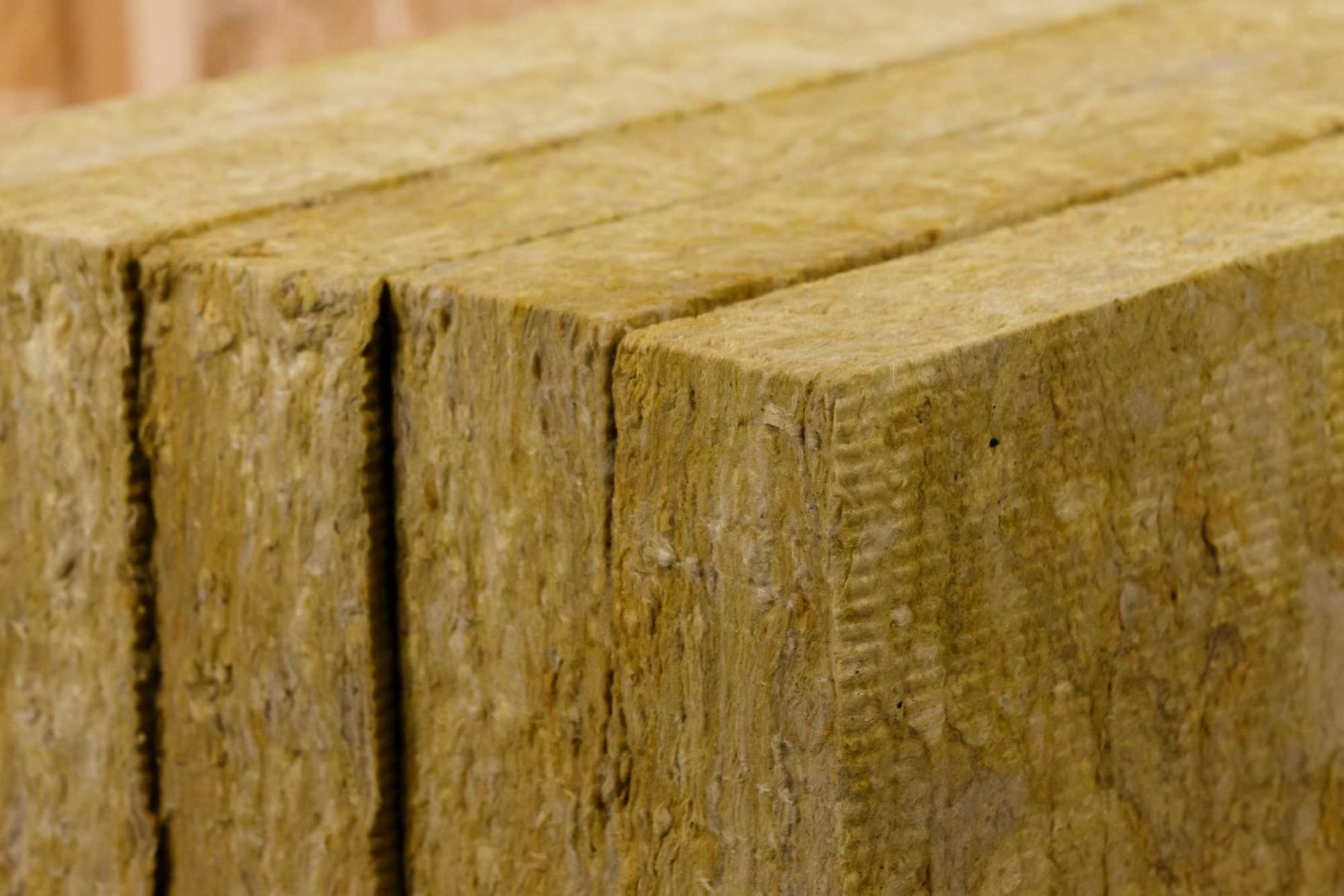
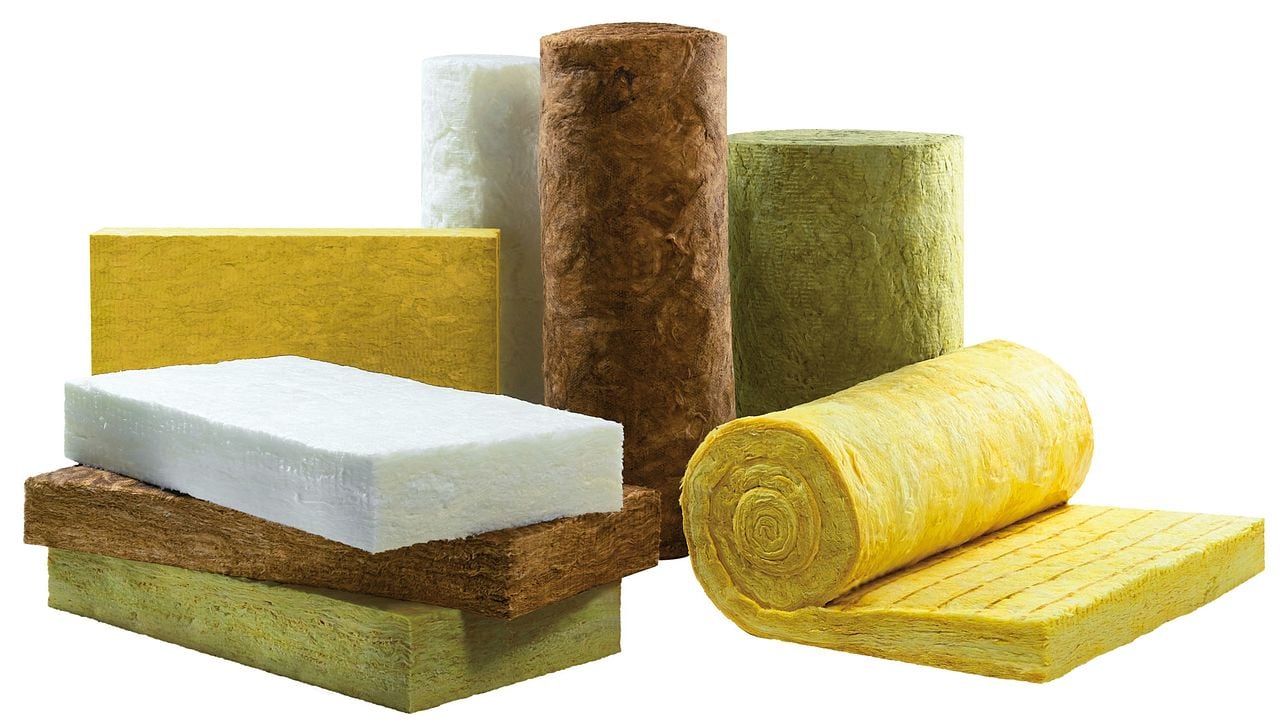


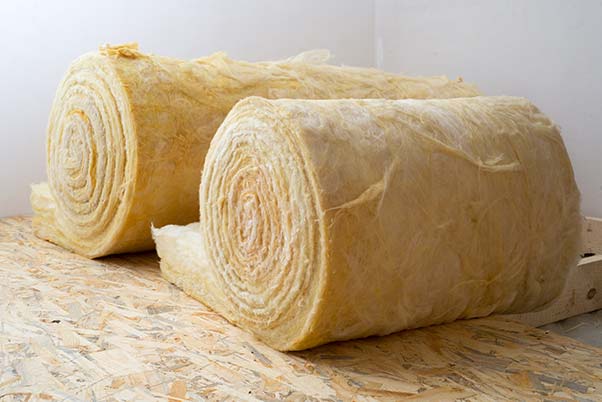


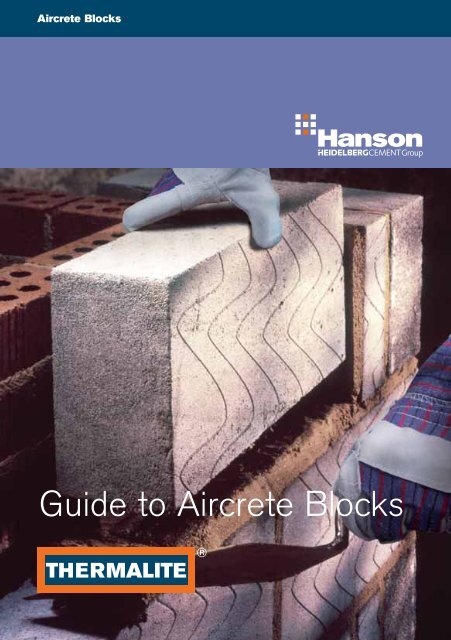





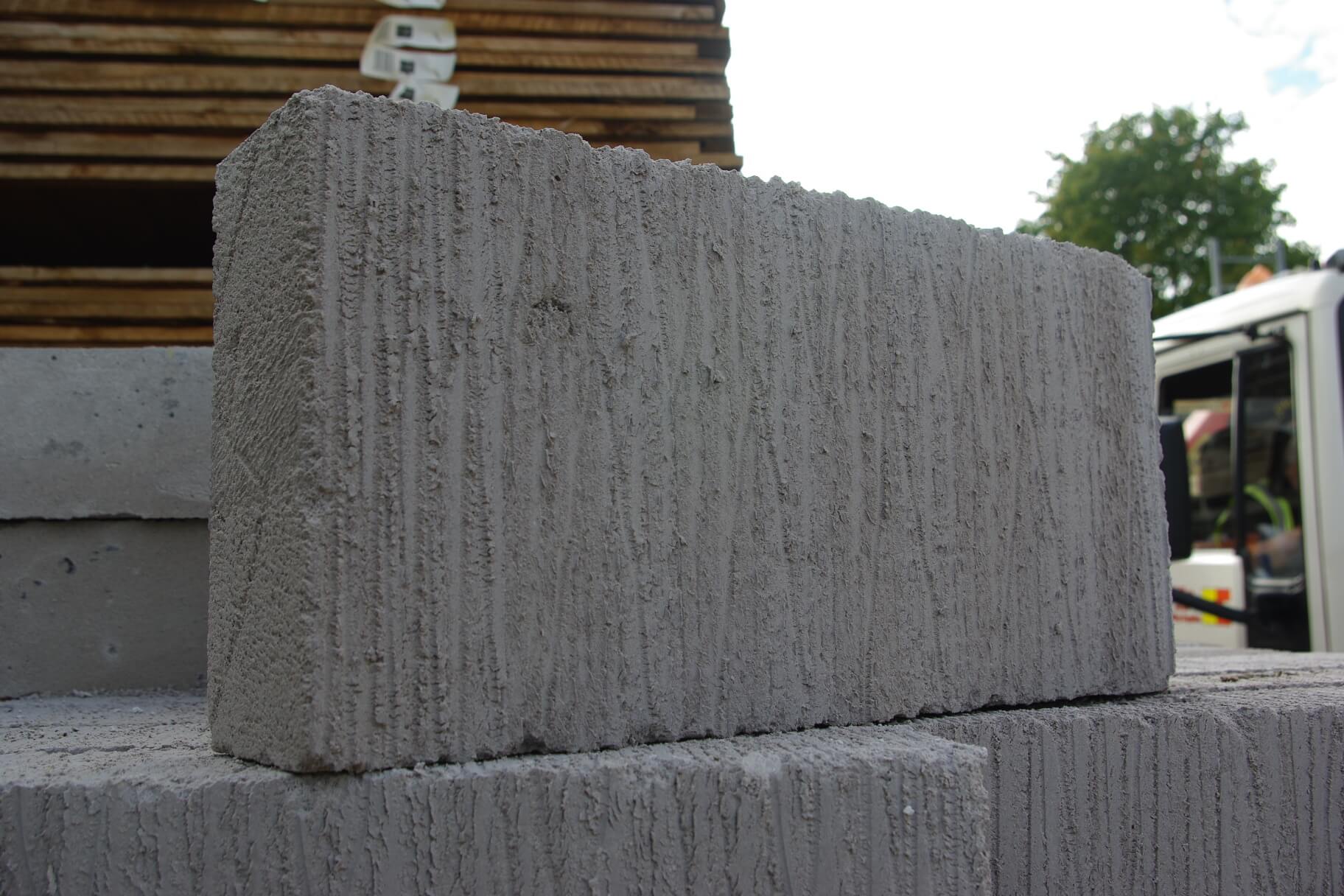
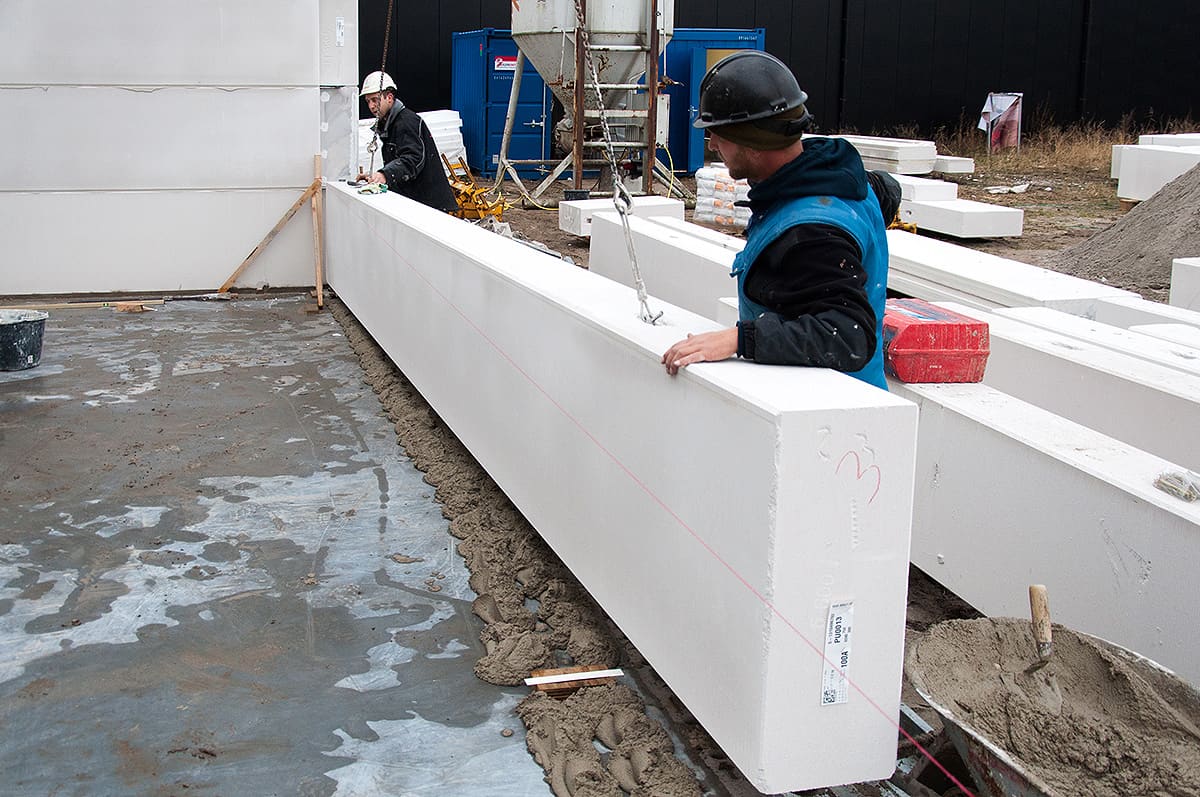
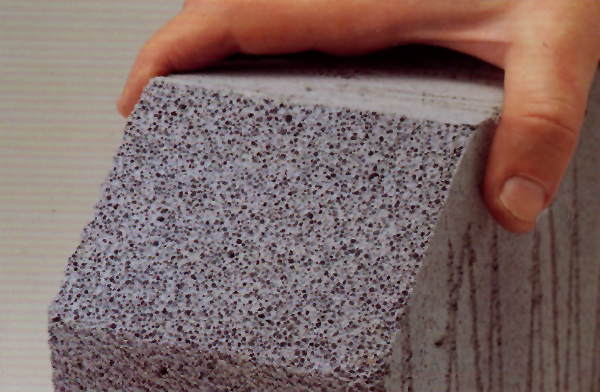






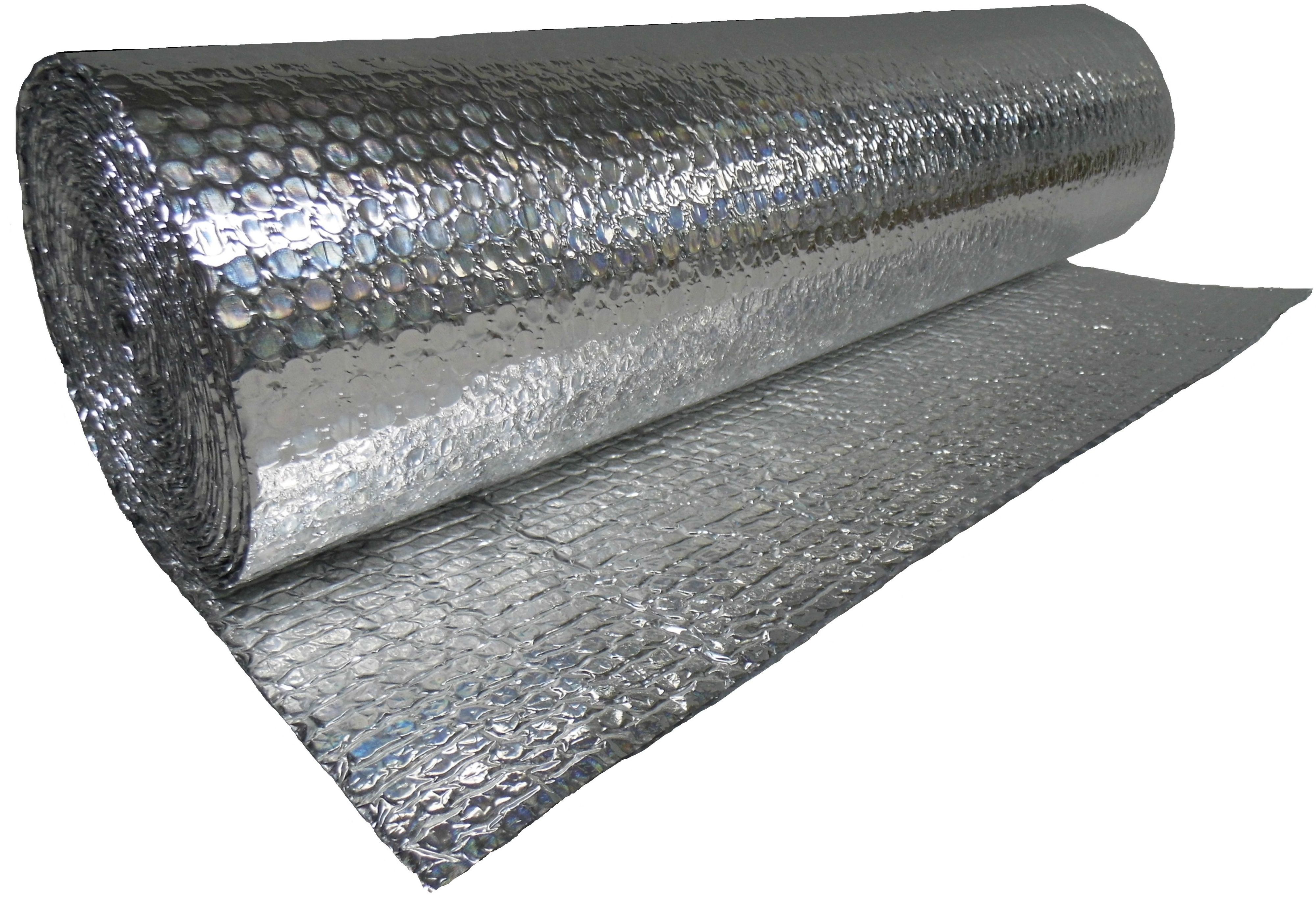
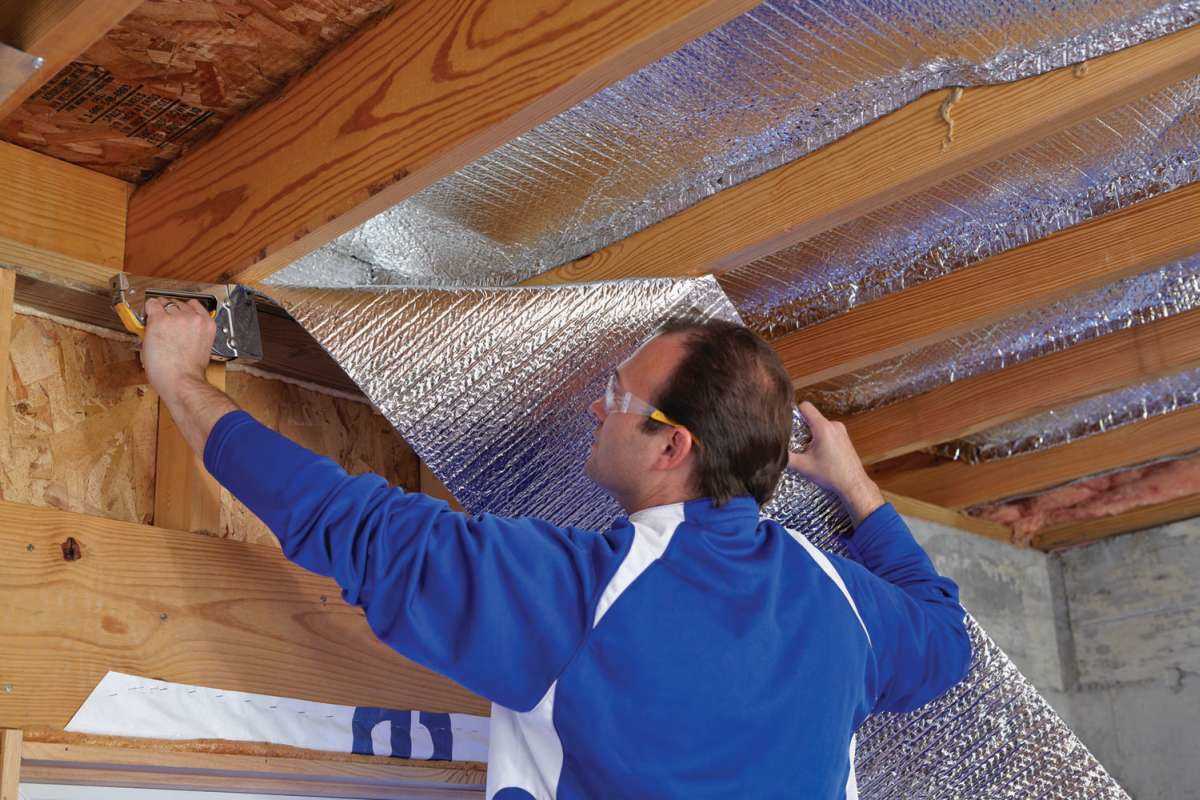
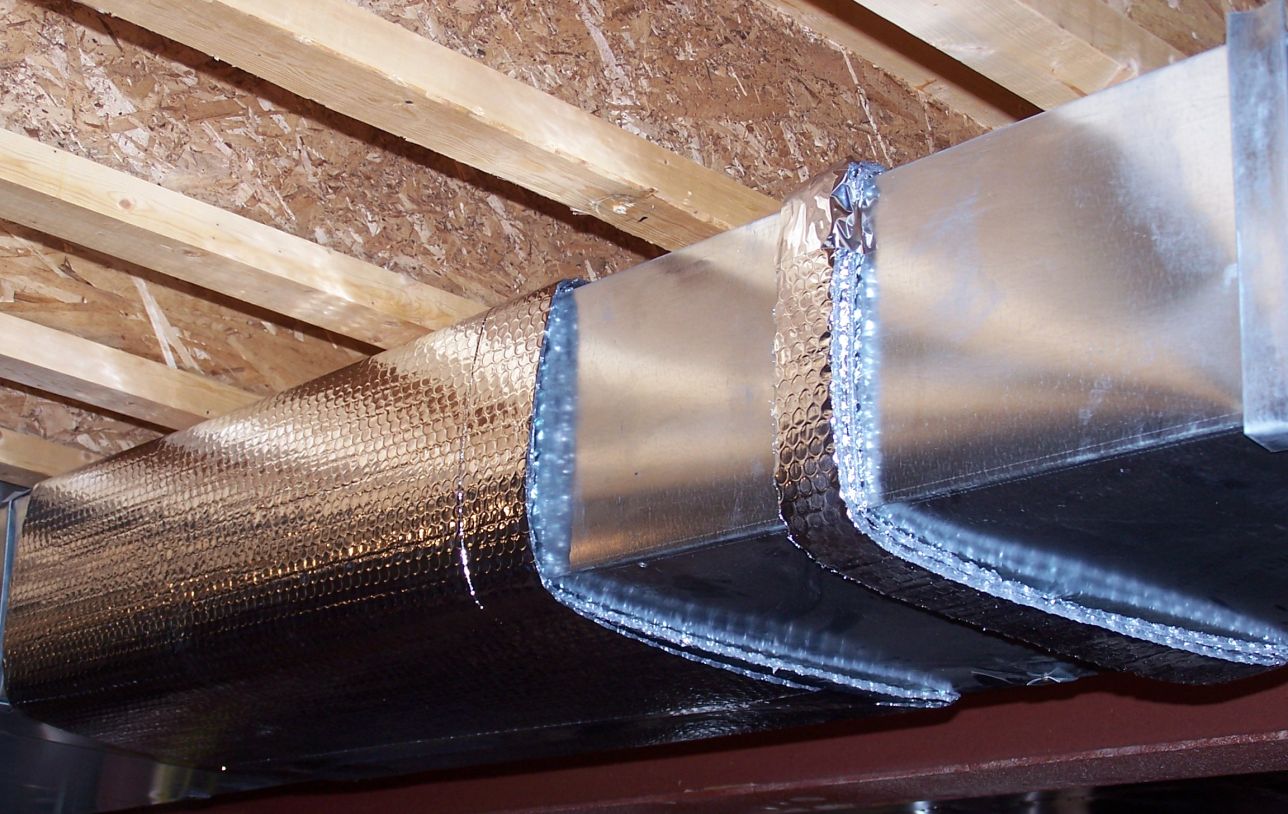


/Foilinsulation-GettyImages-488277205-cca170185a8041dba0fa5df4e2a8063d.jpg)
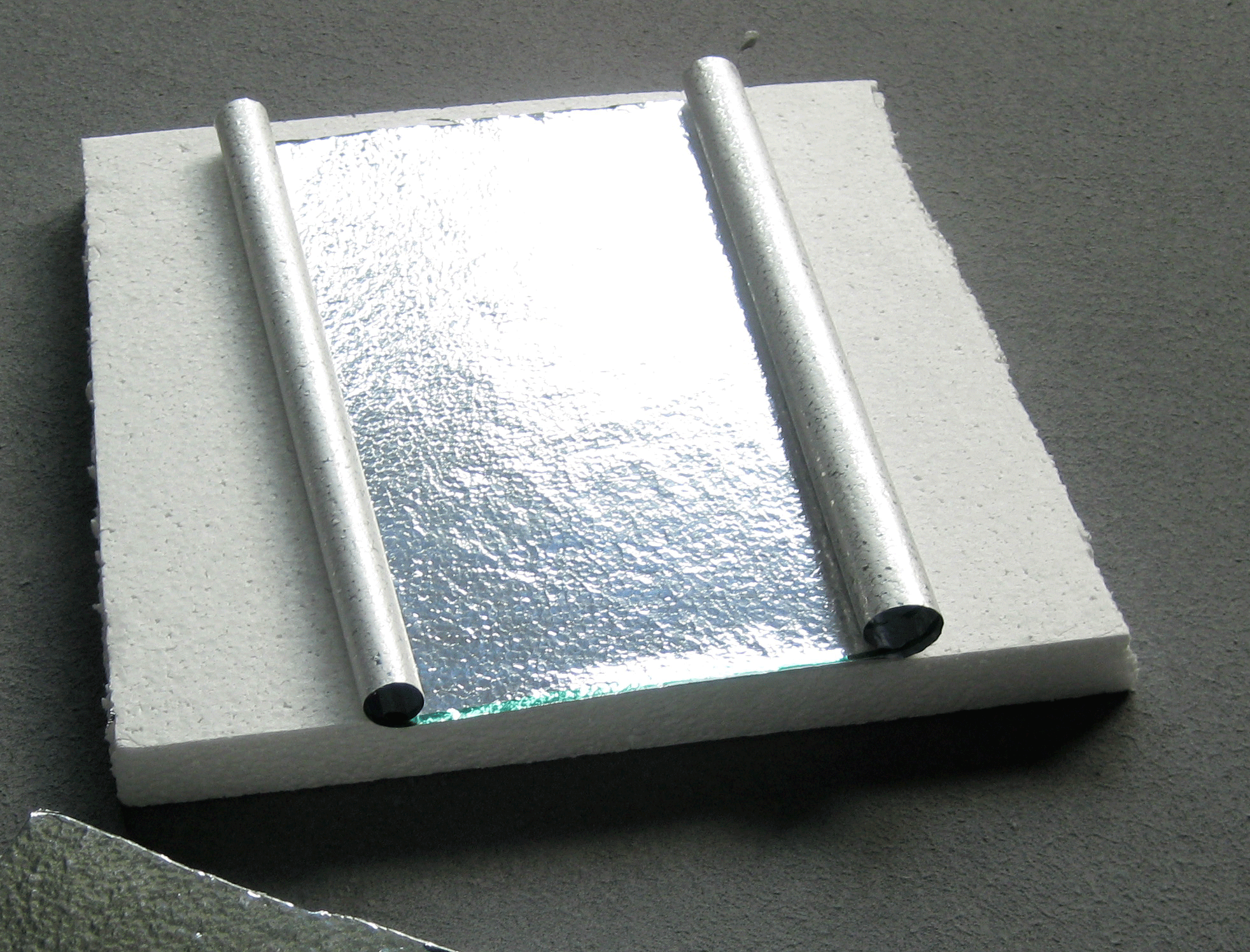

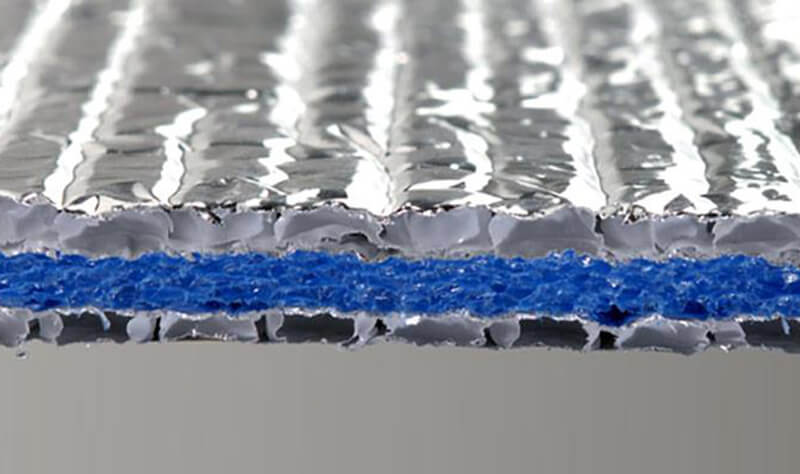
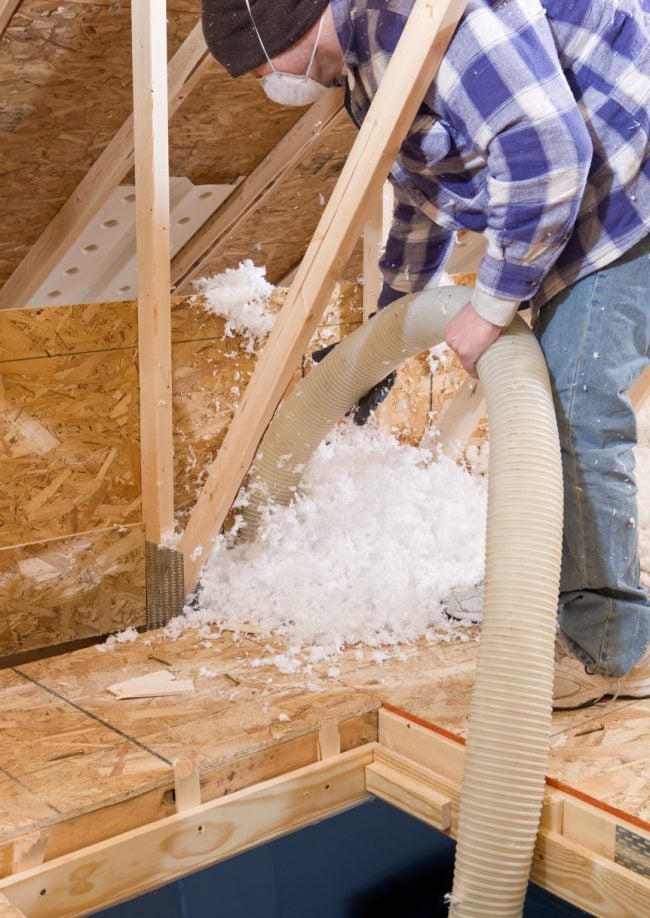
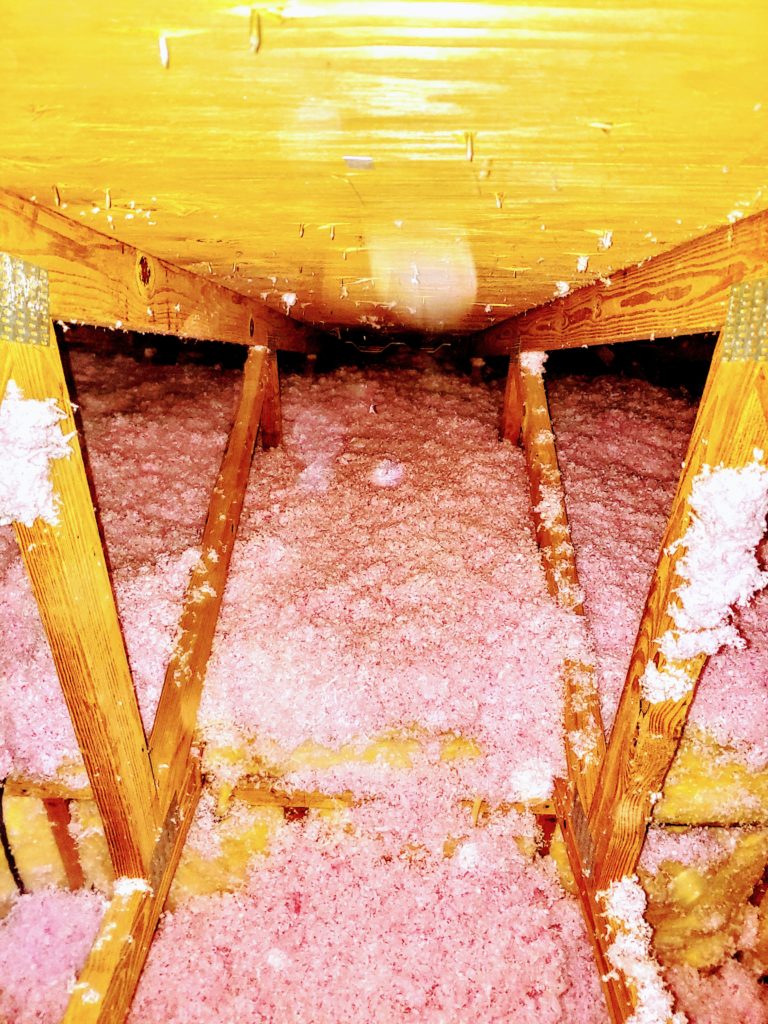

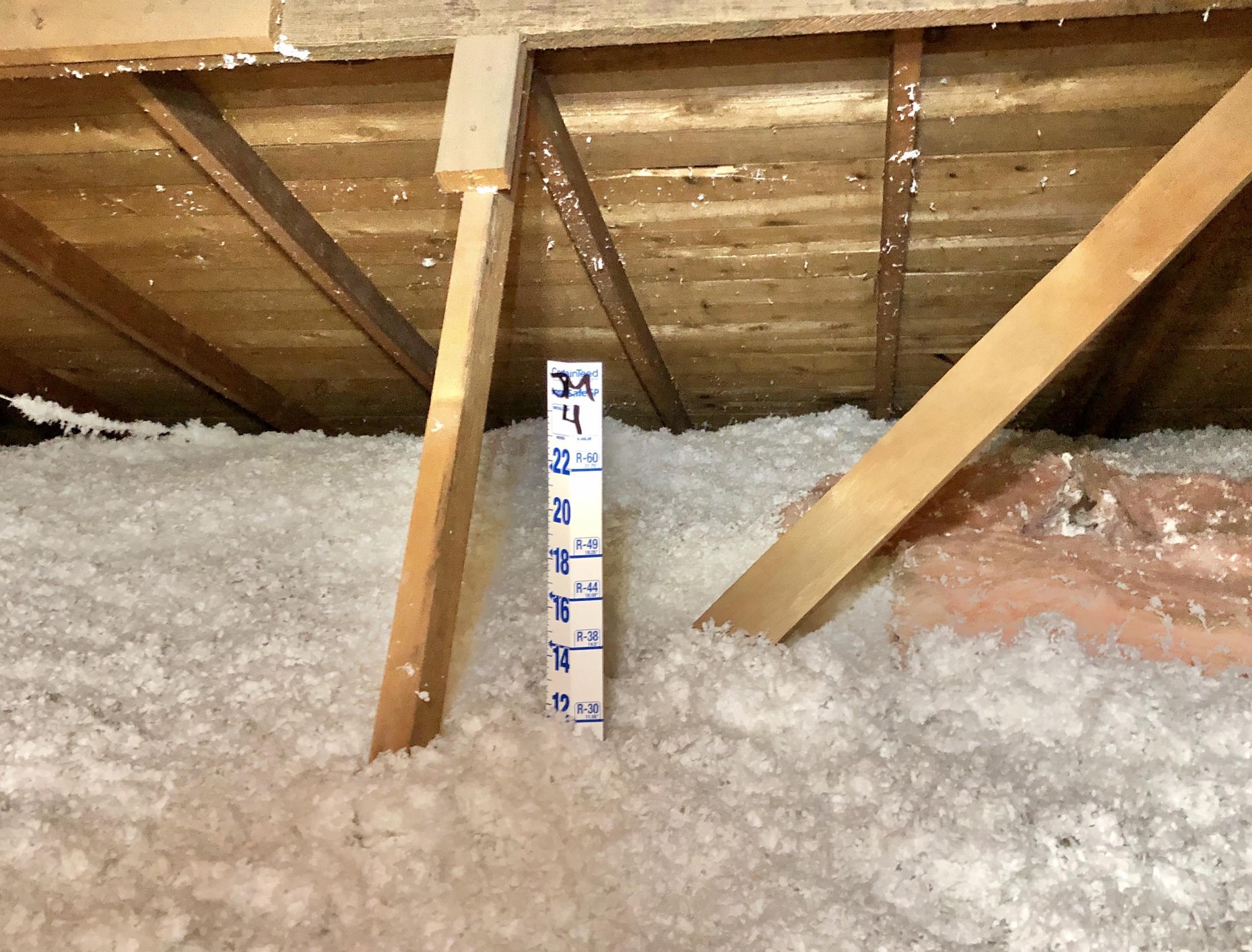
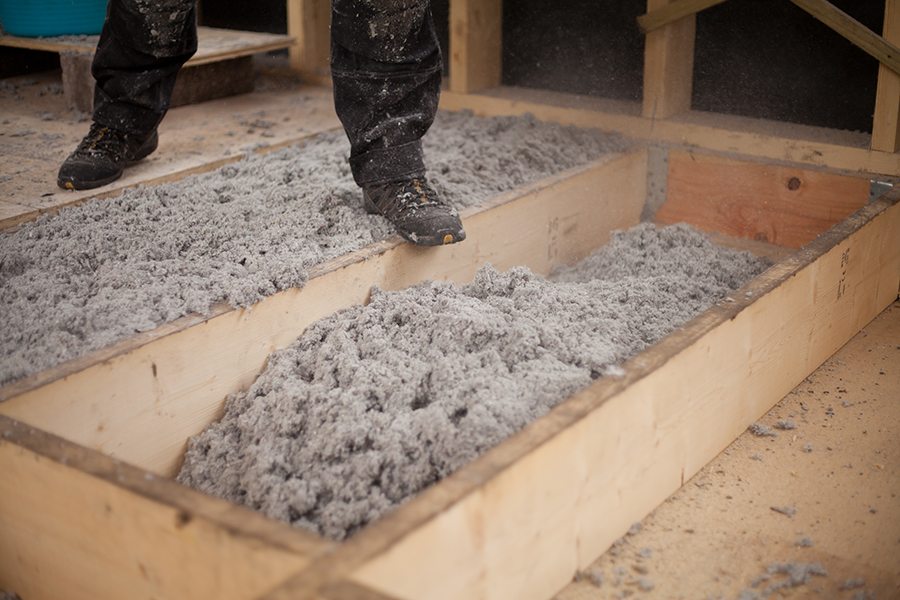


/insulation-593515ee5f9b589eb477d8f4.jpg)
/Blowing-In-Attic-Insulation-183768691-56a4a06a3df78cf7728350eb.jpg)
